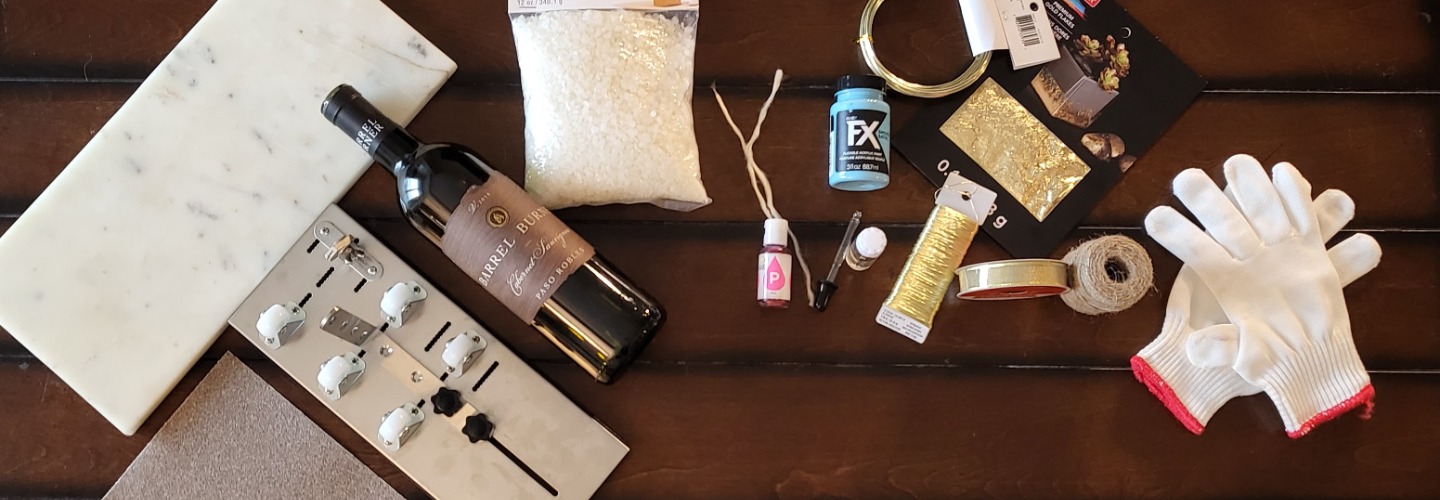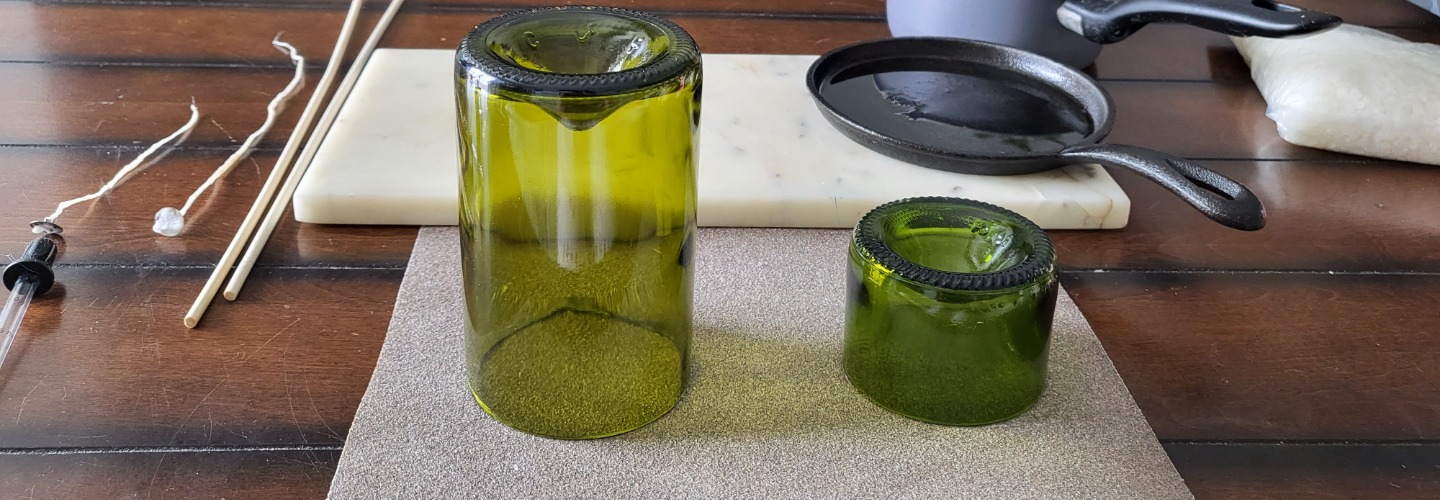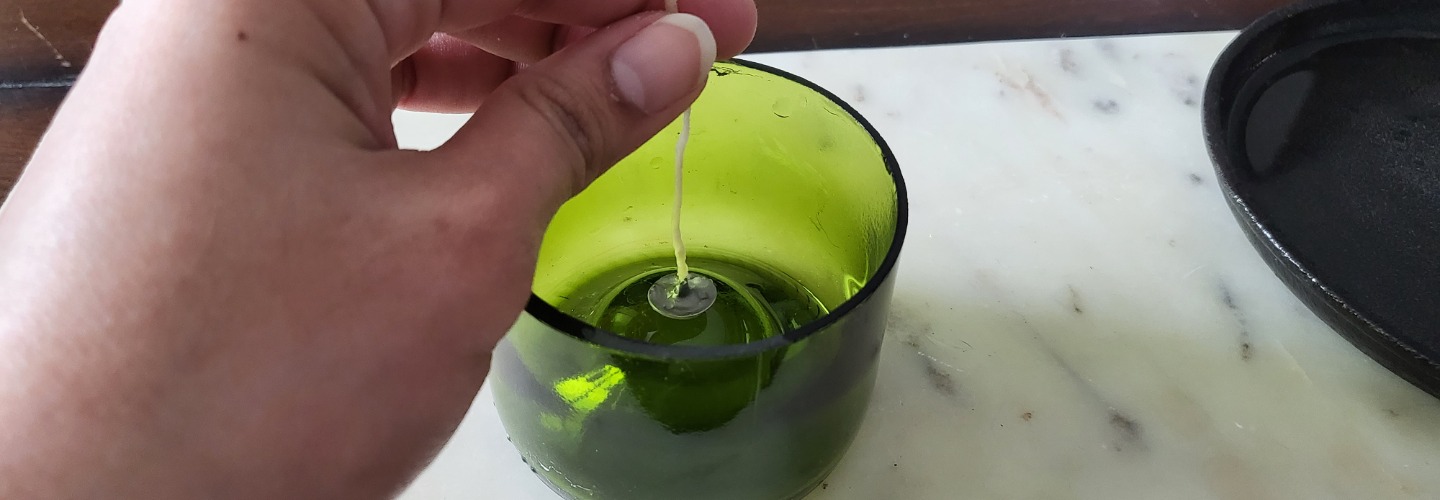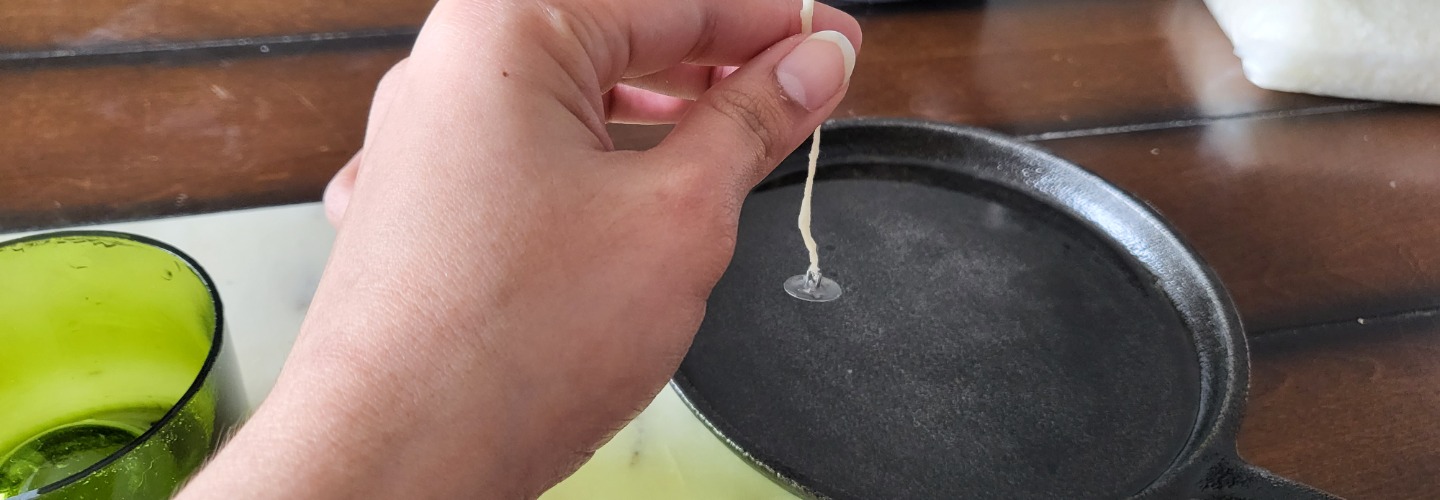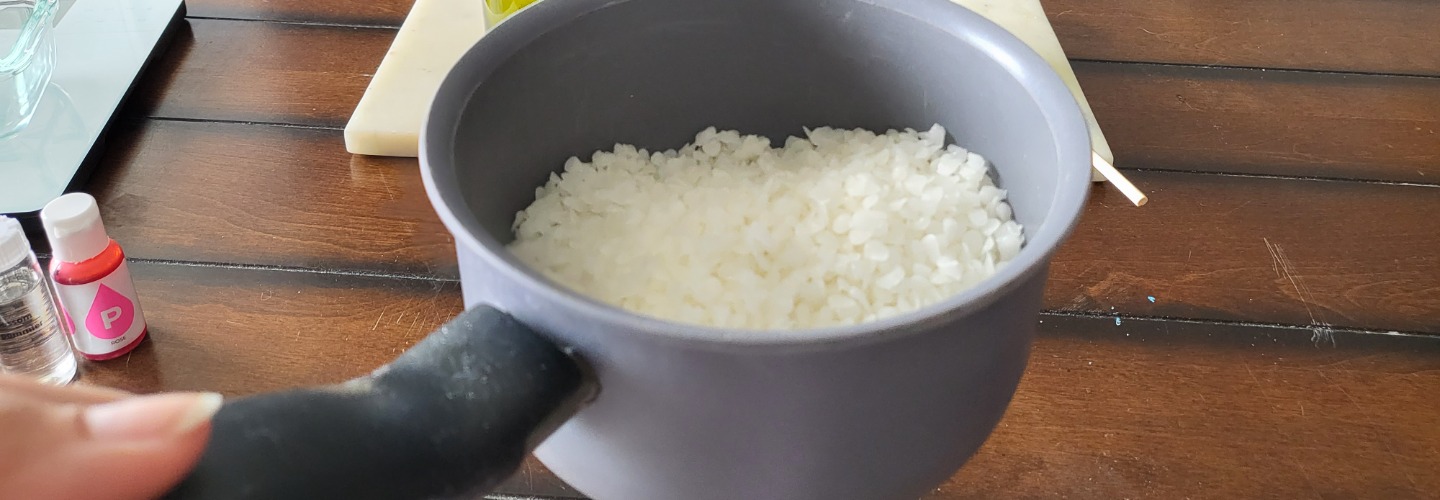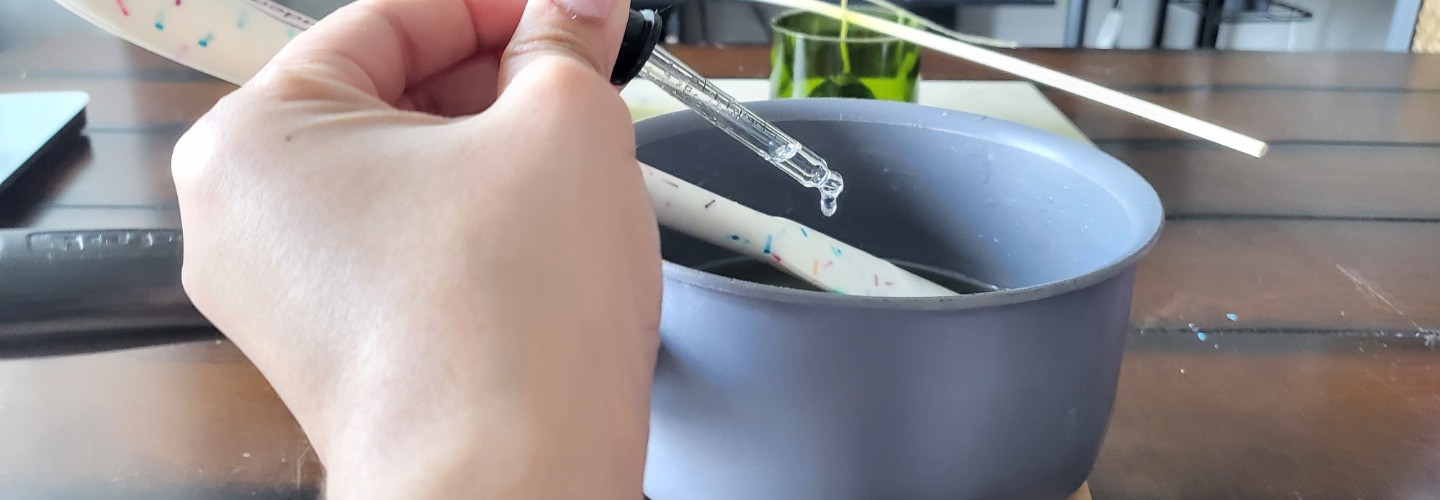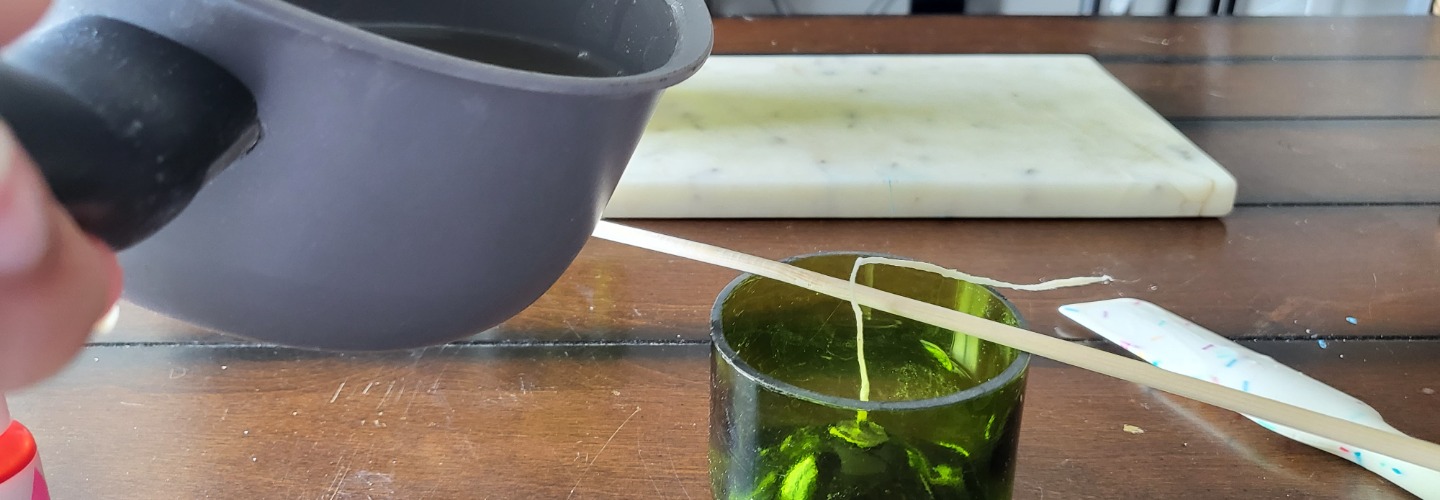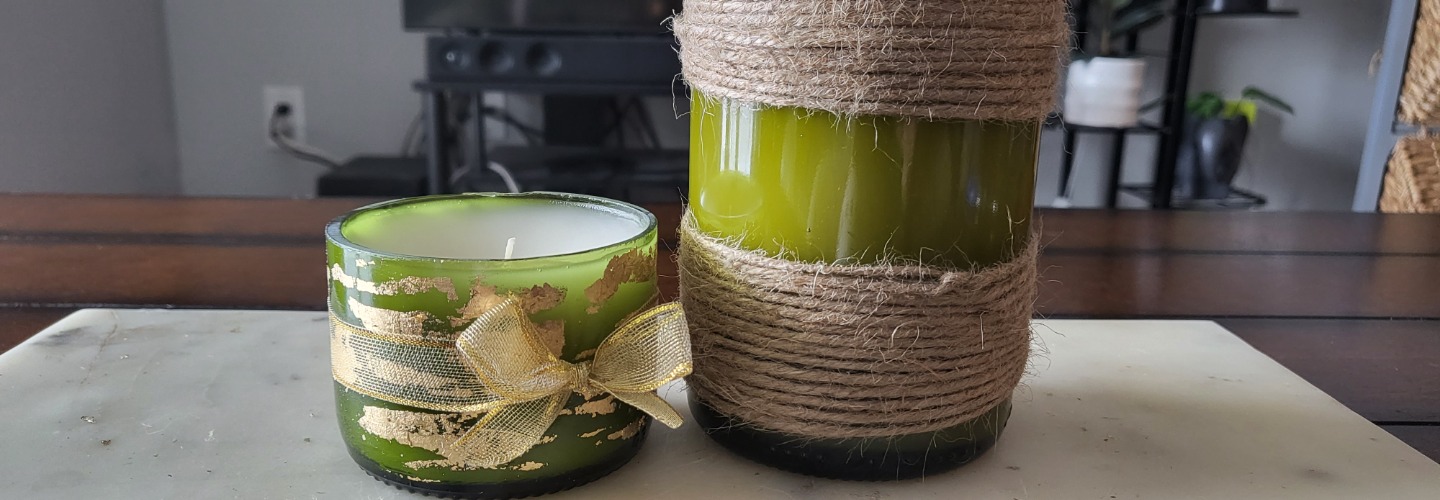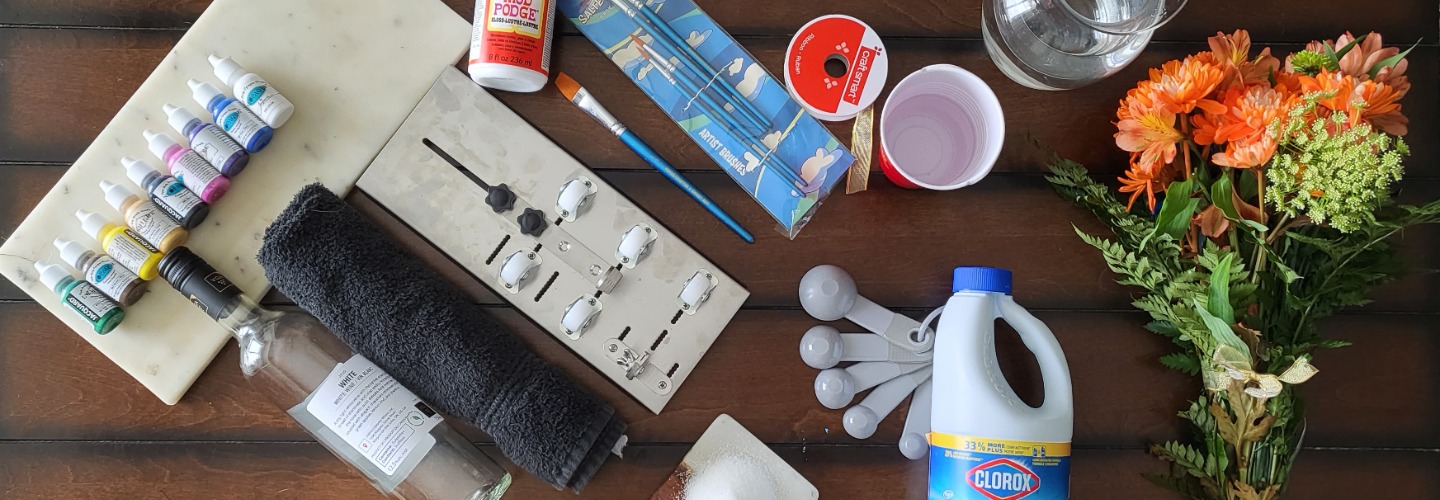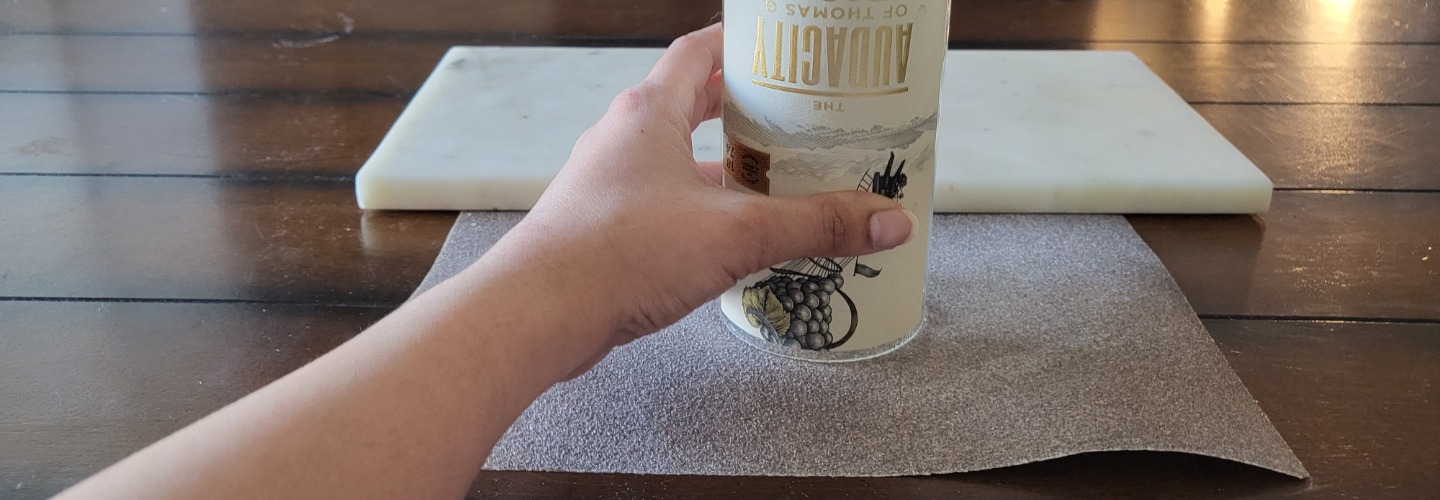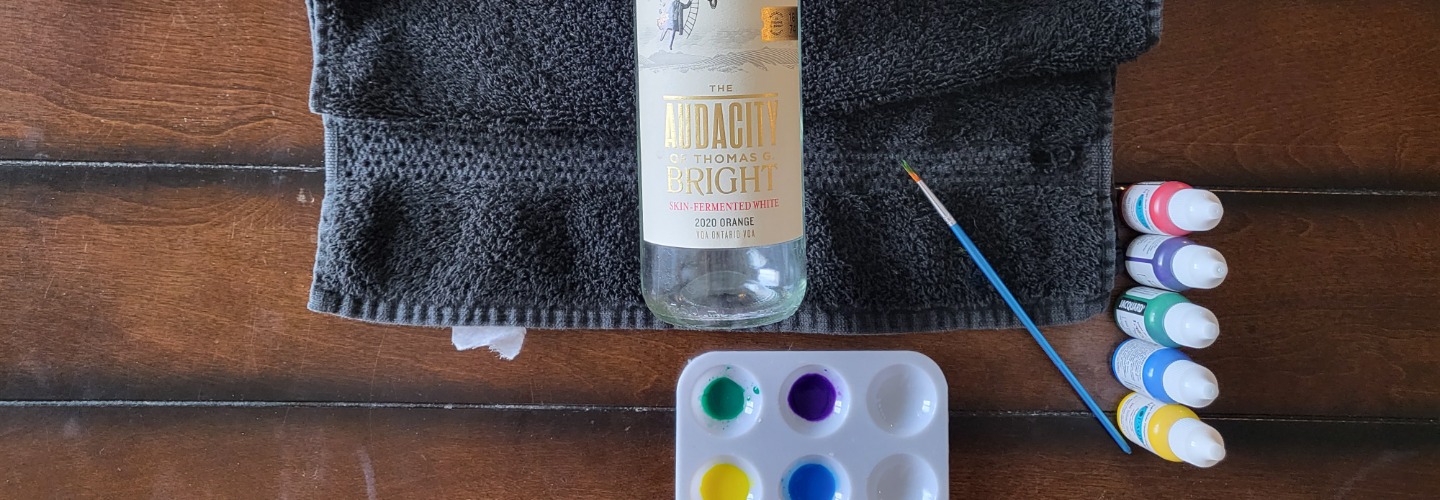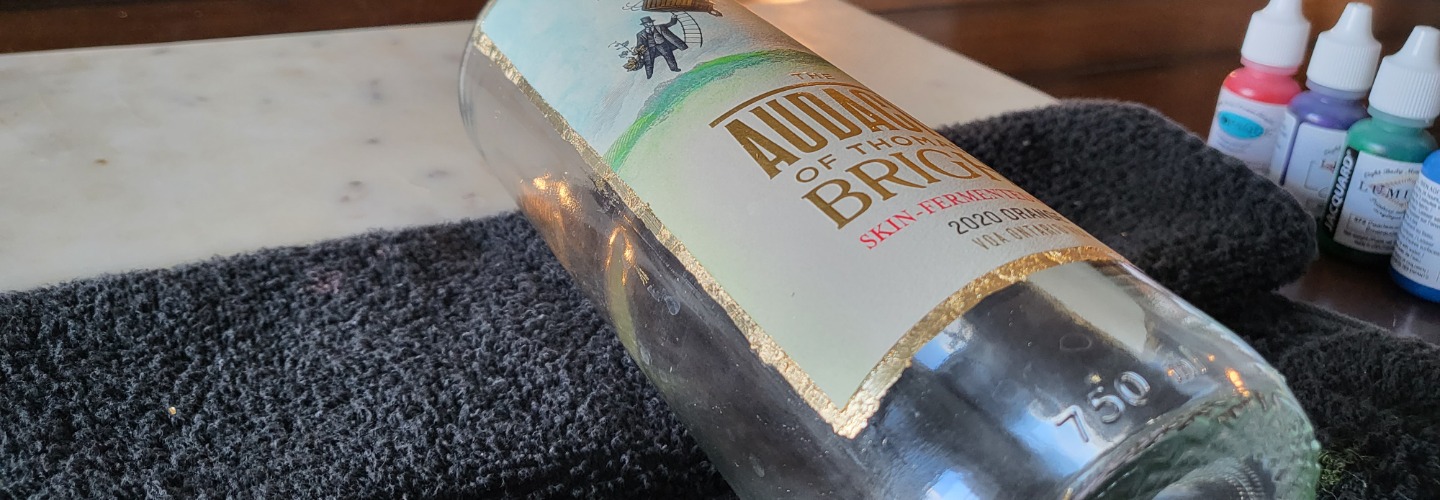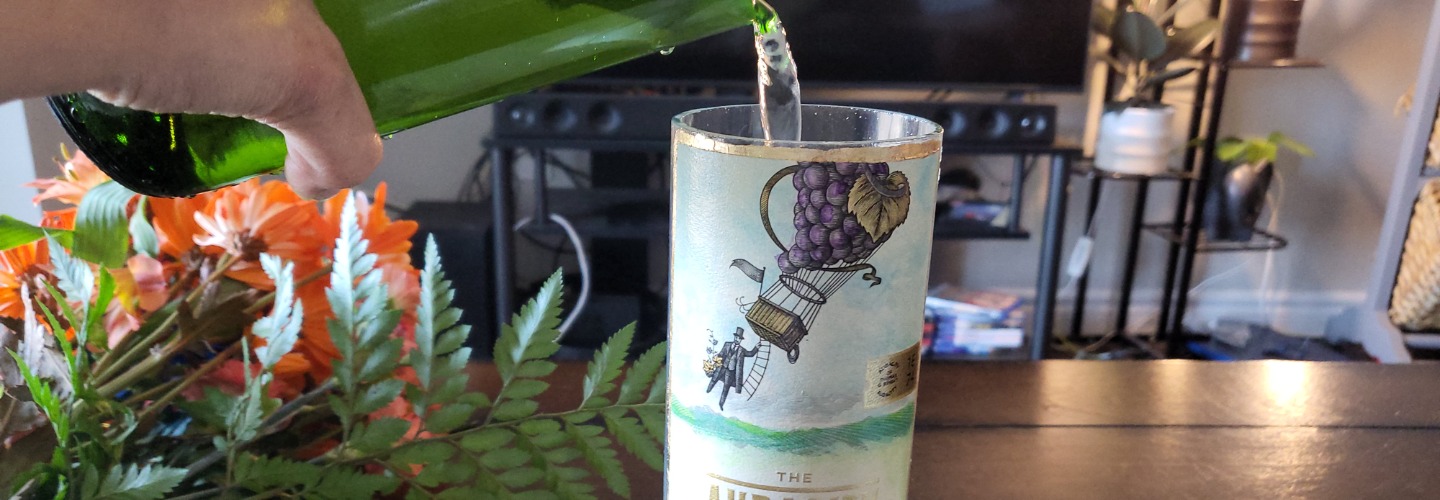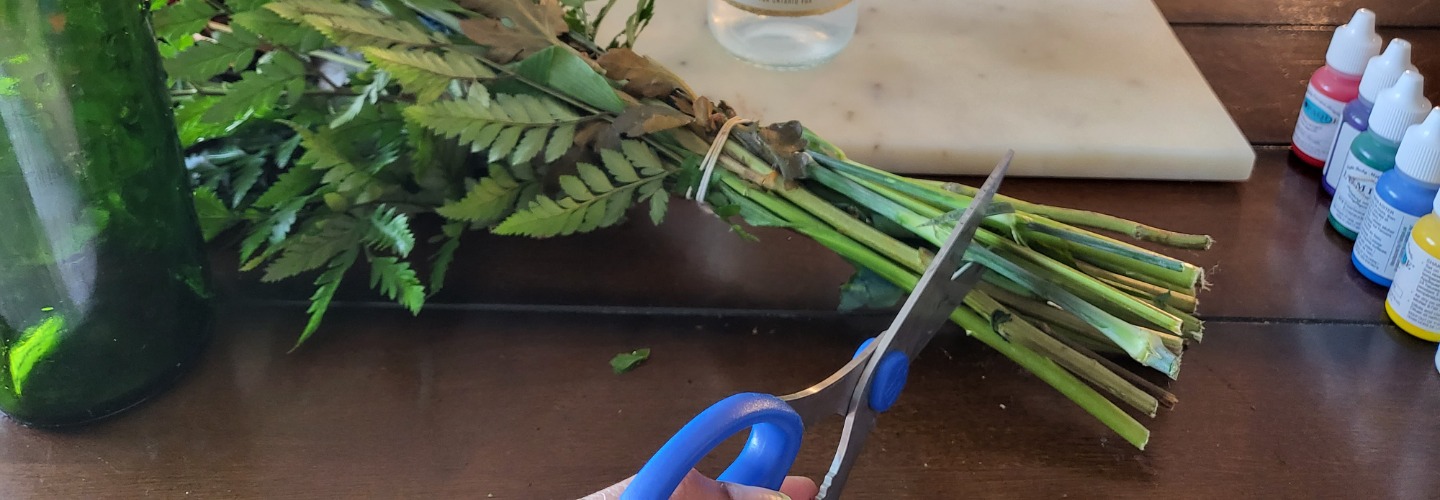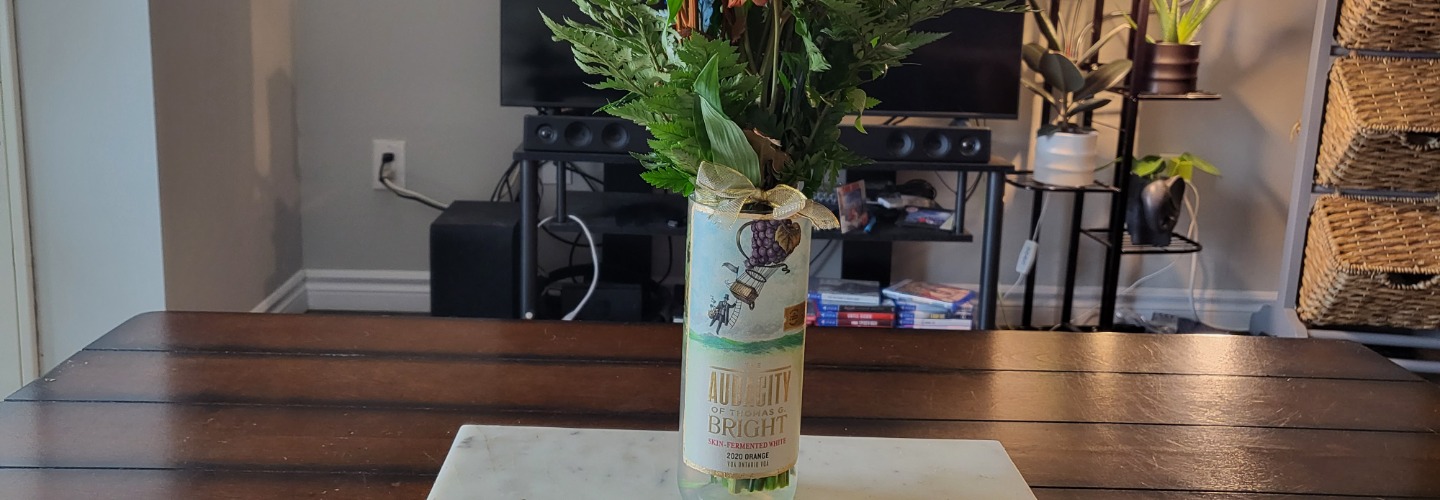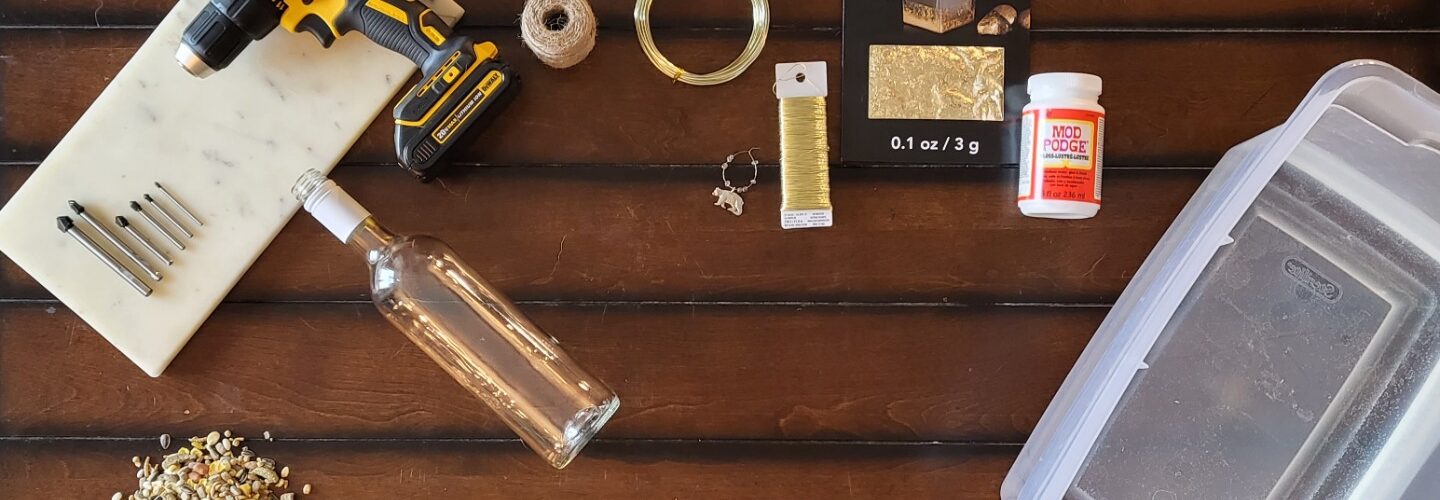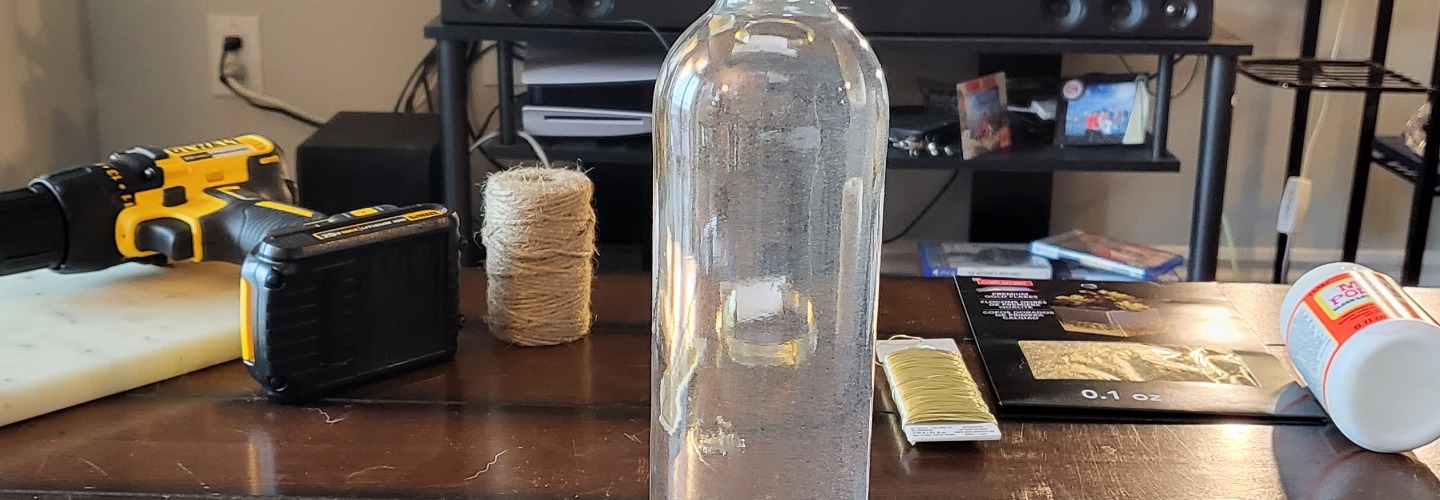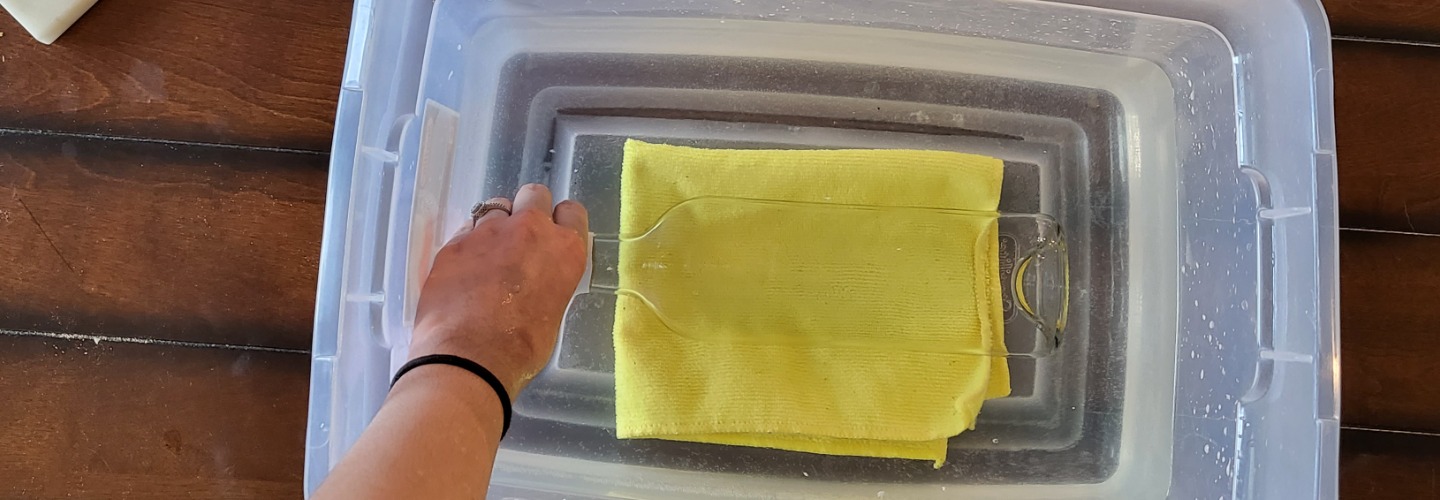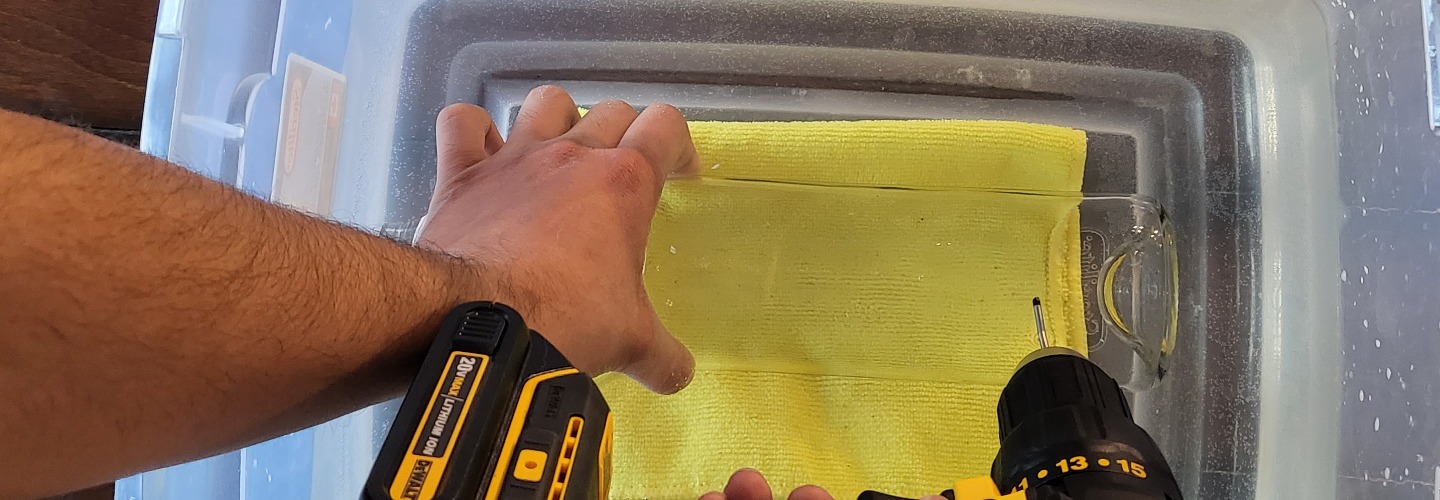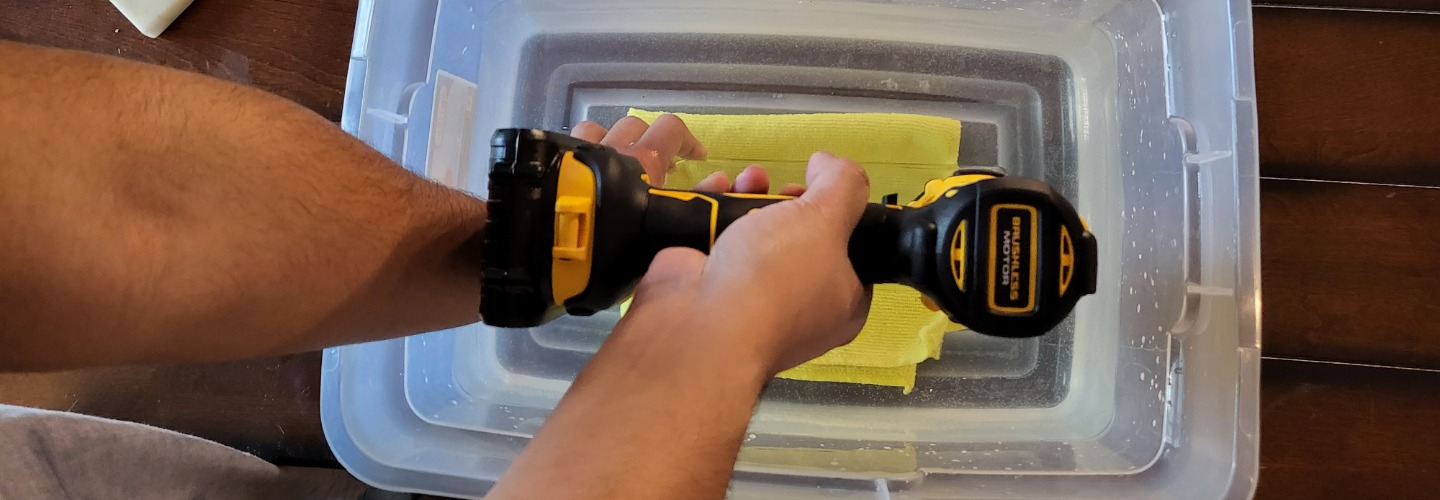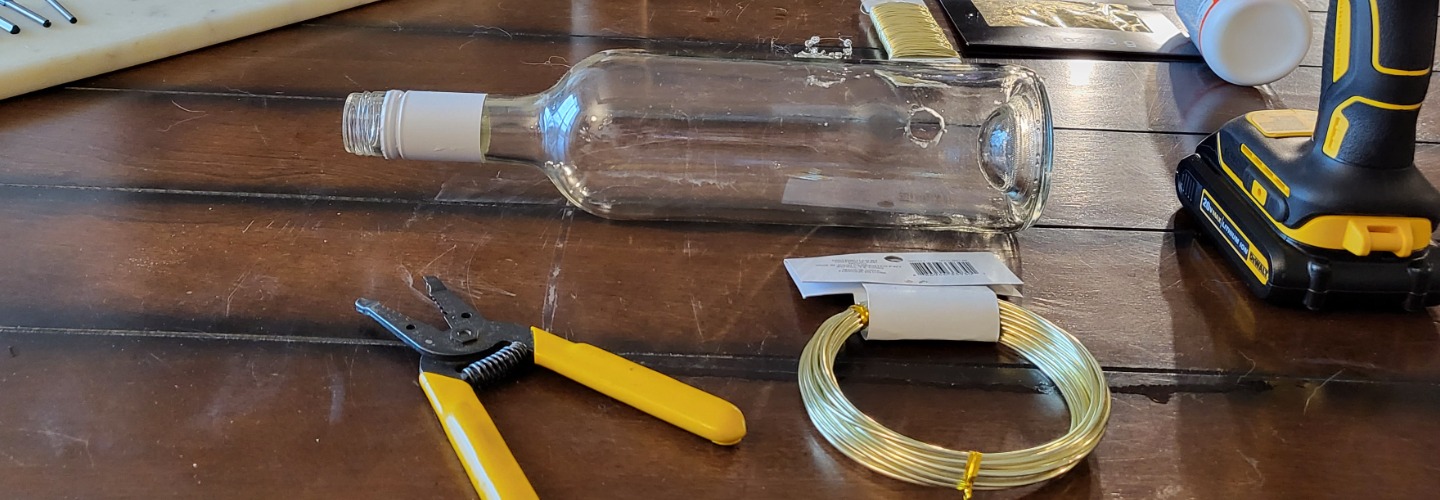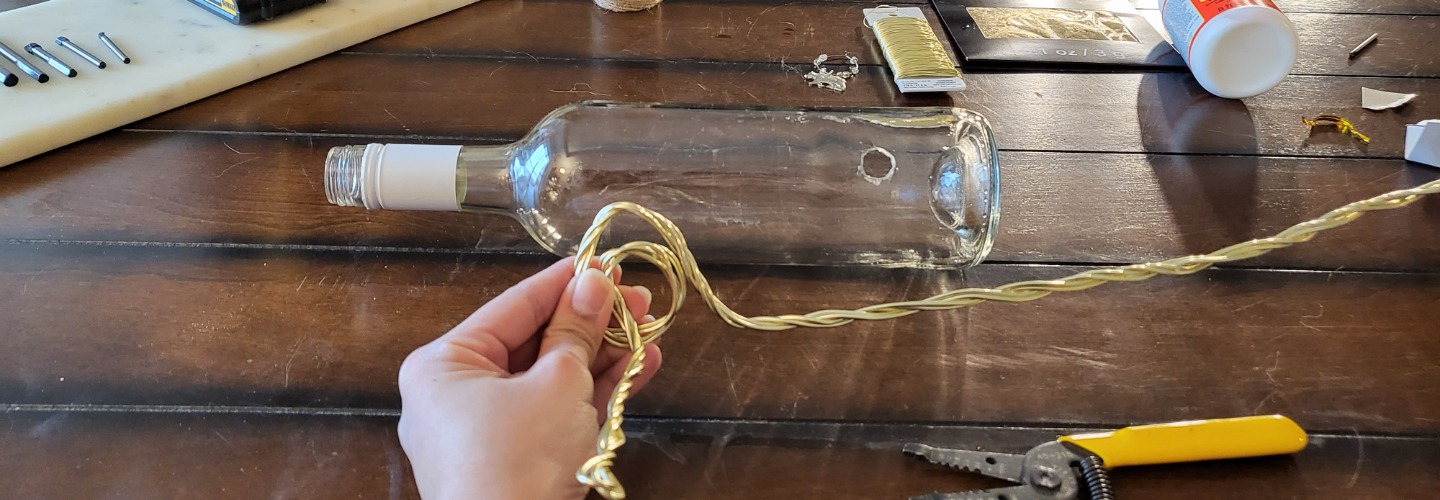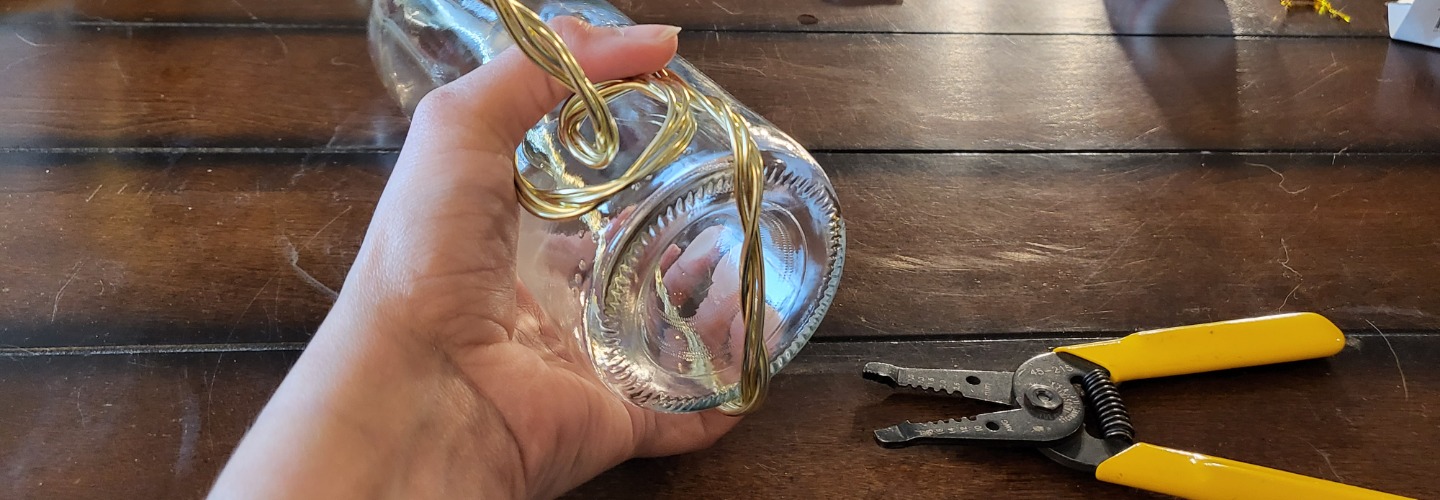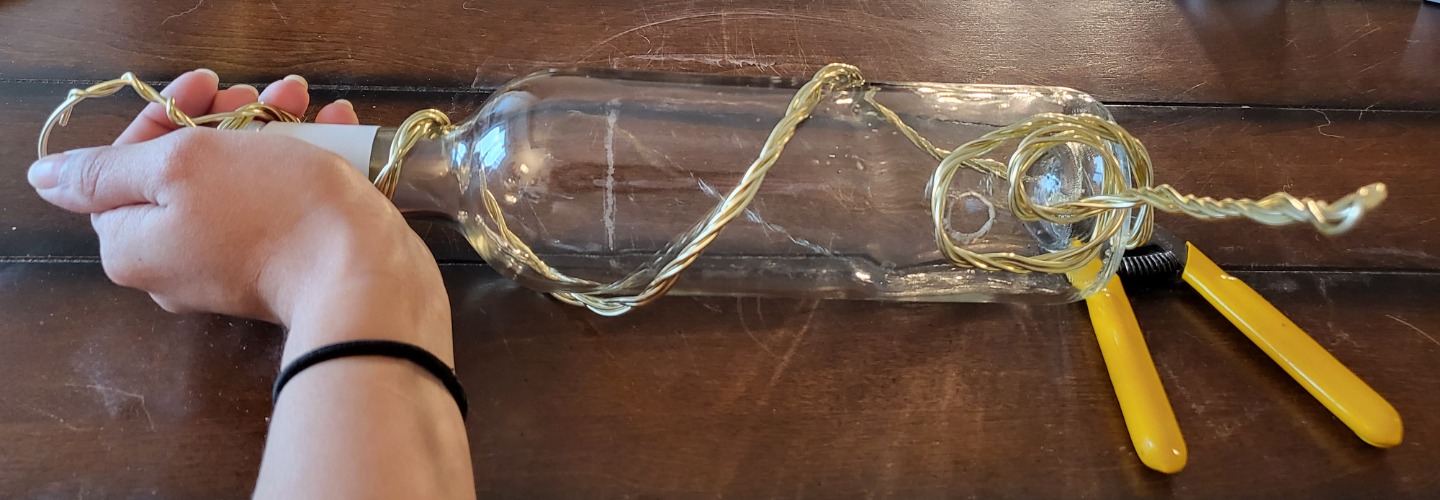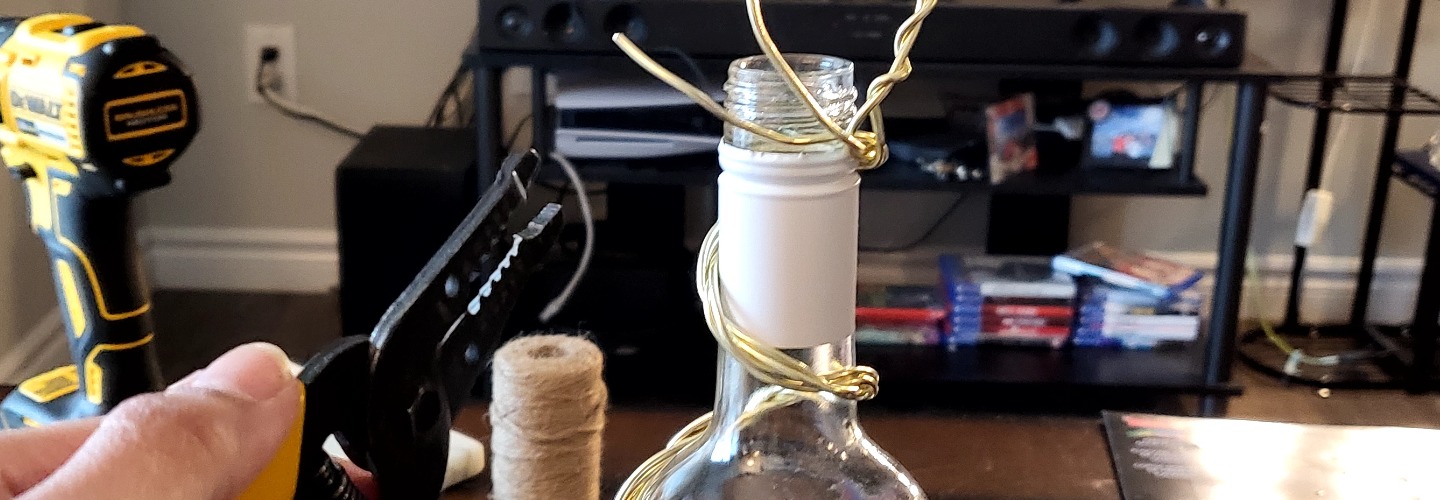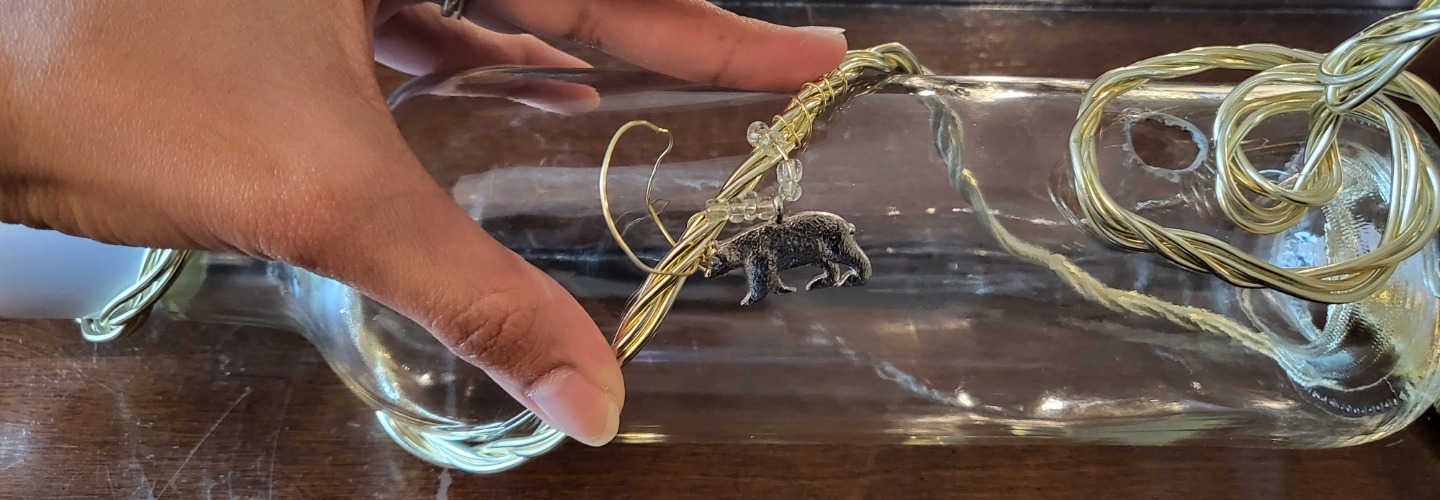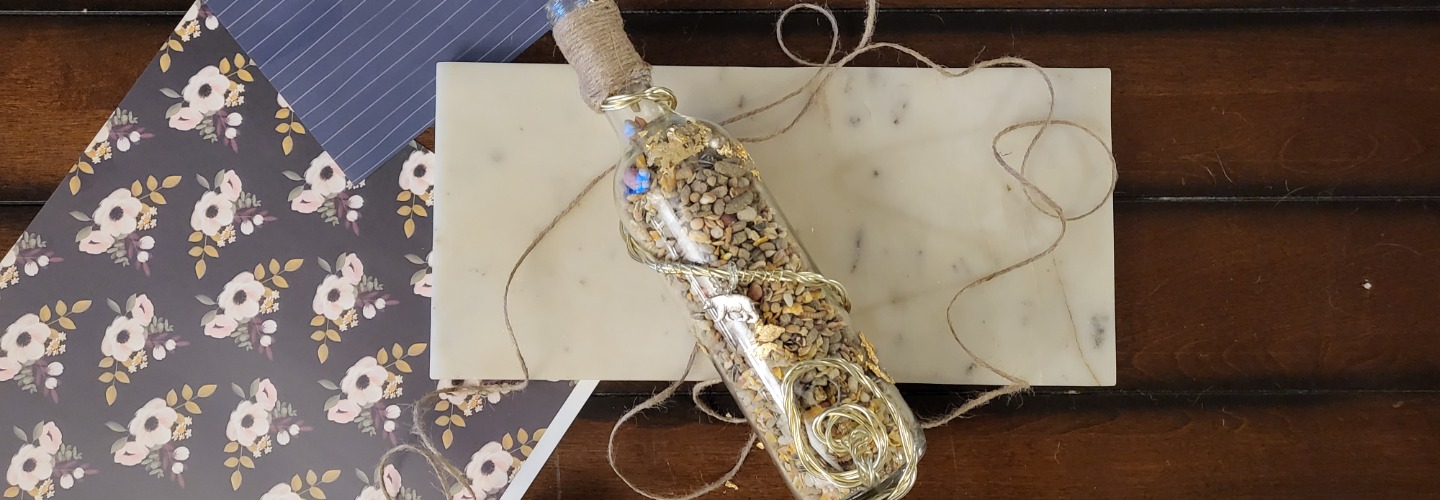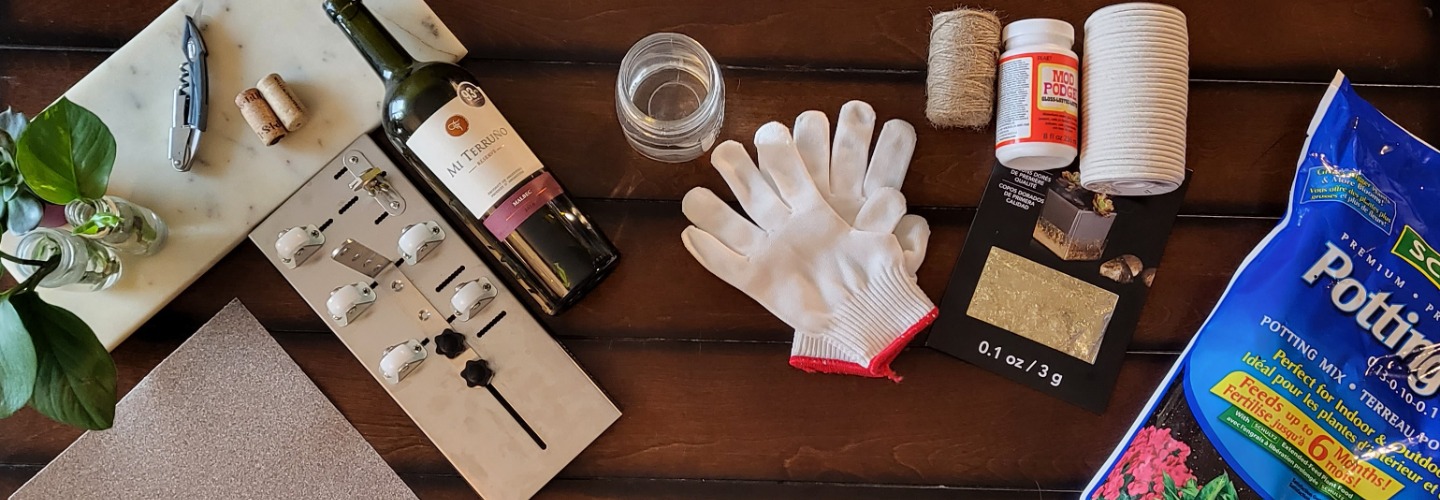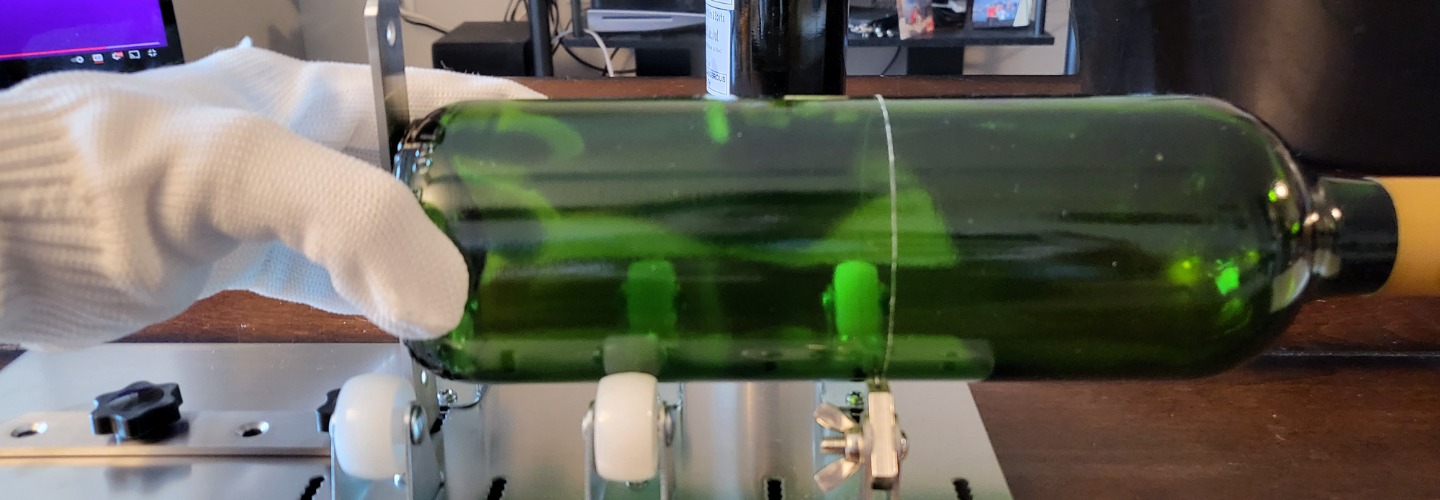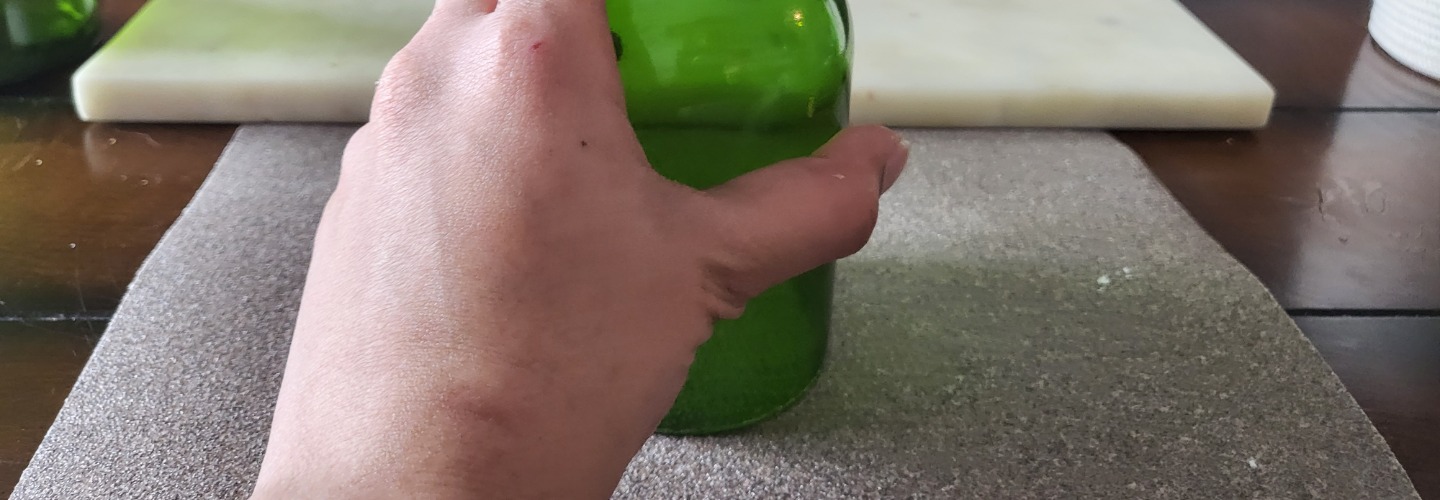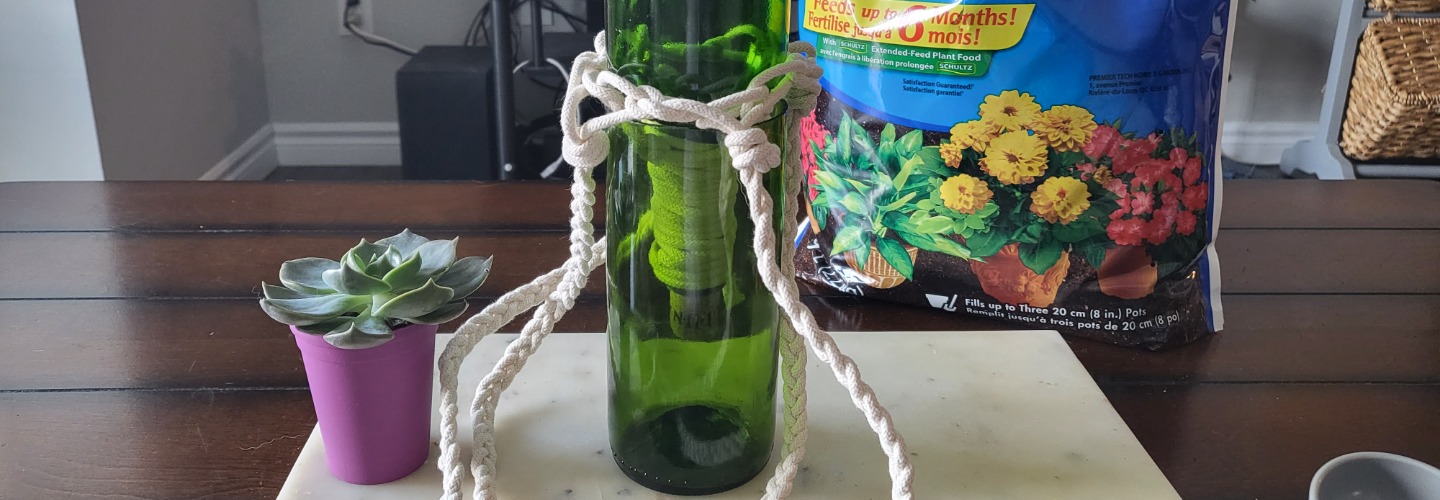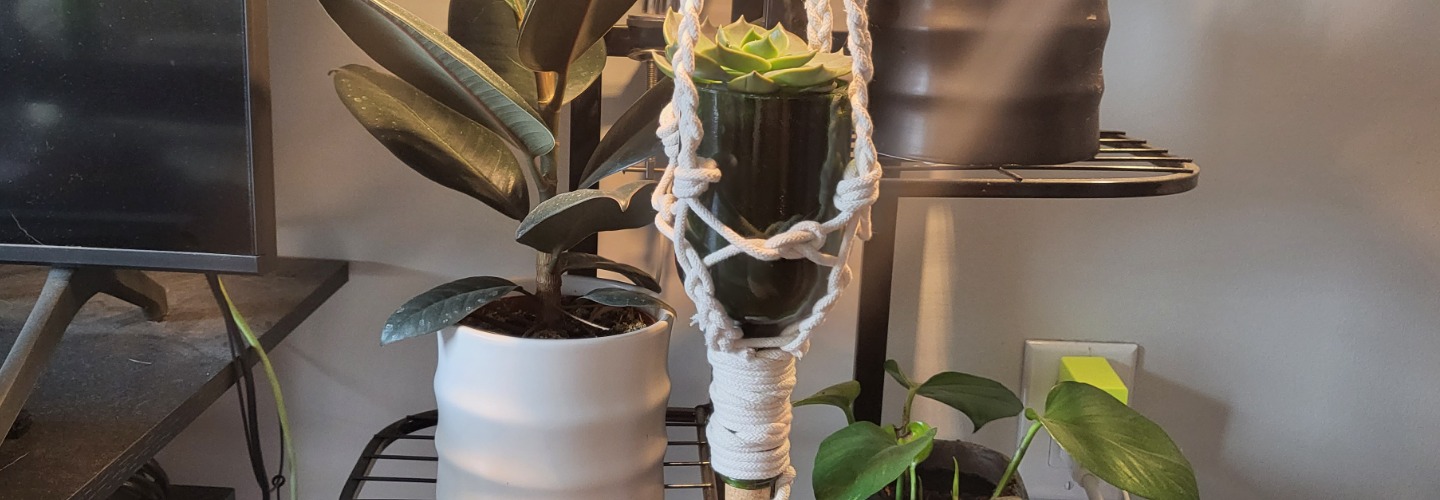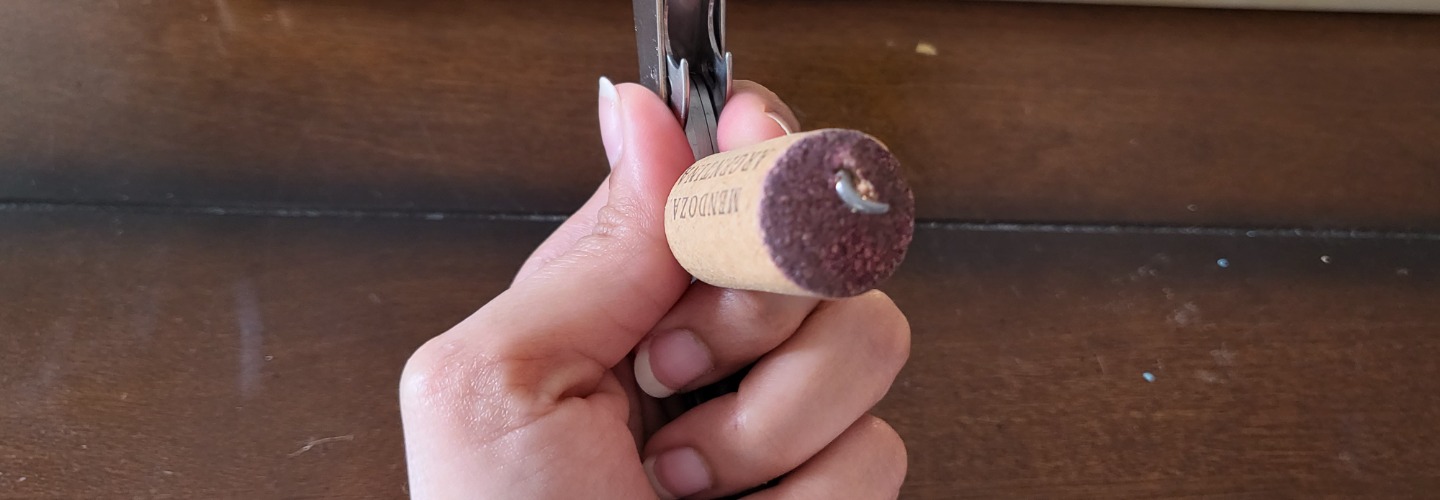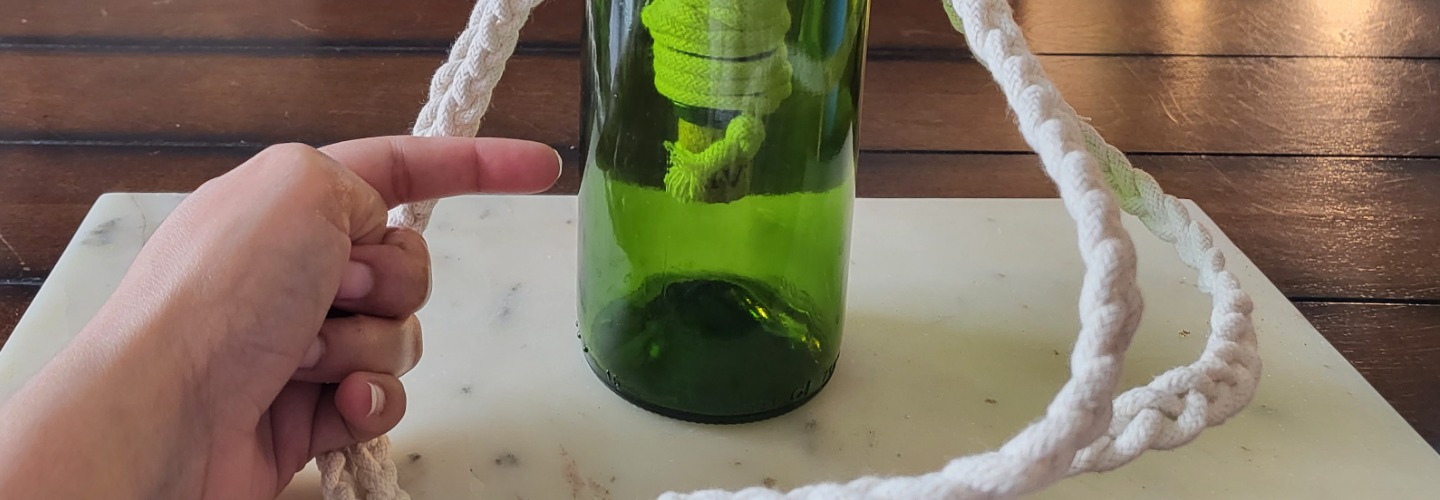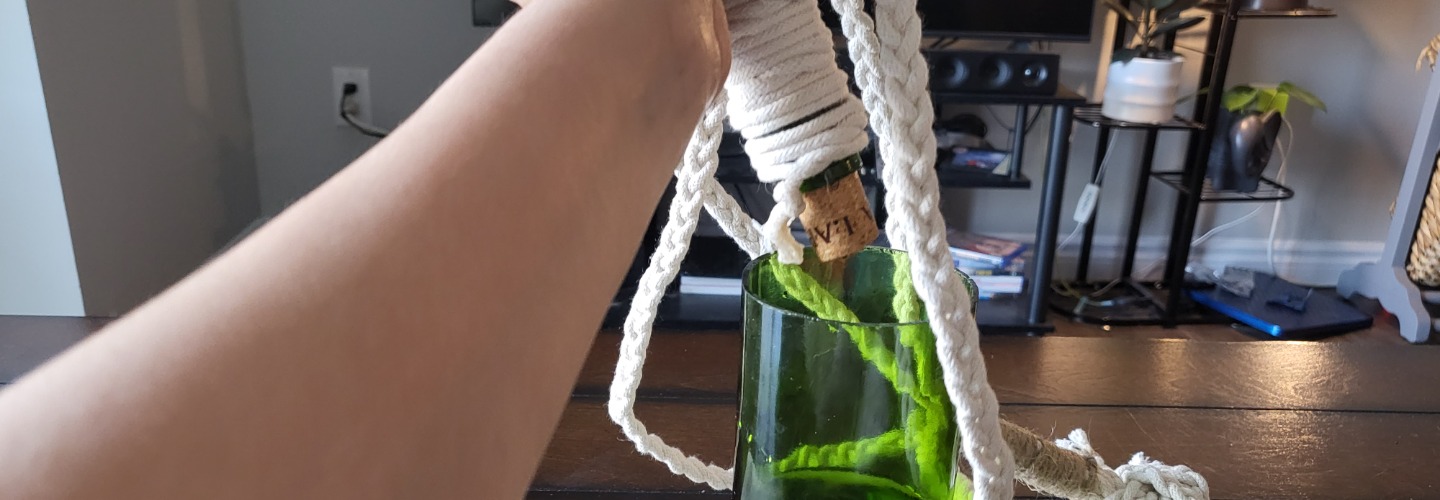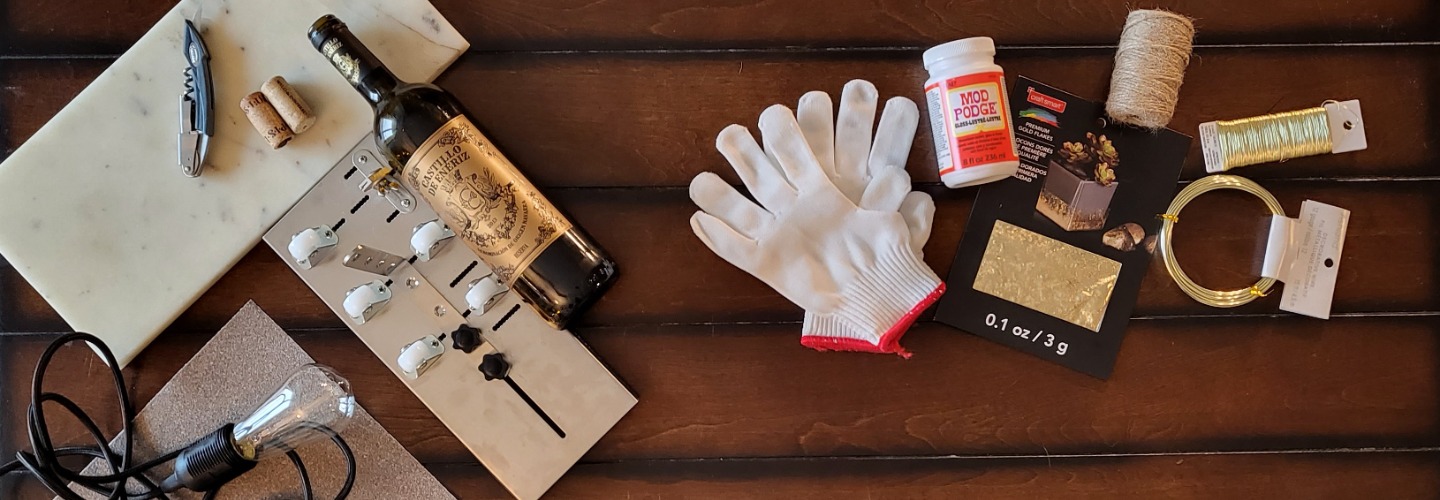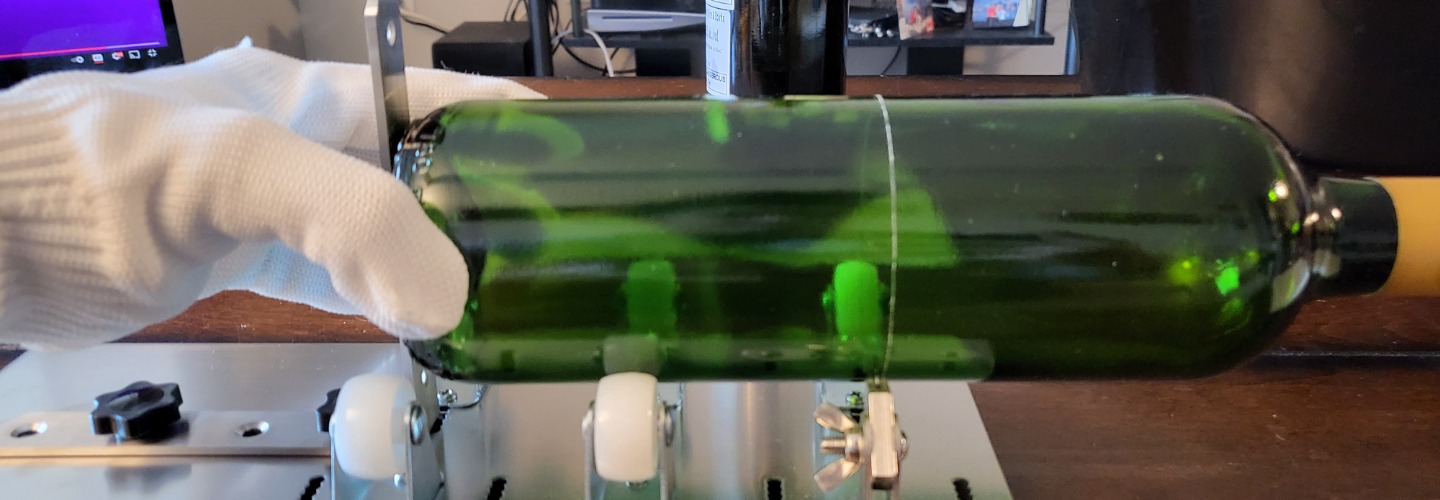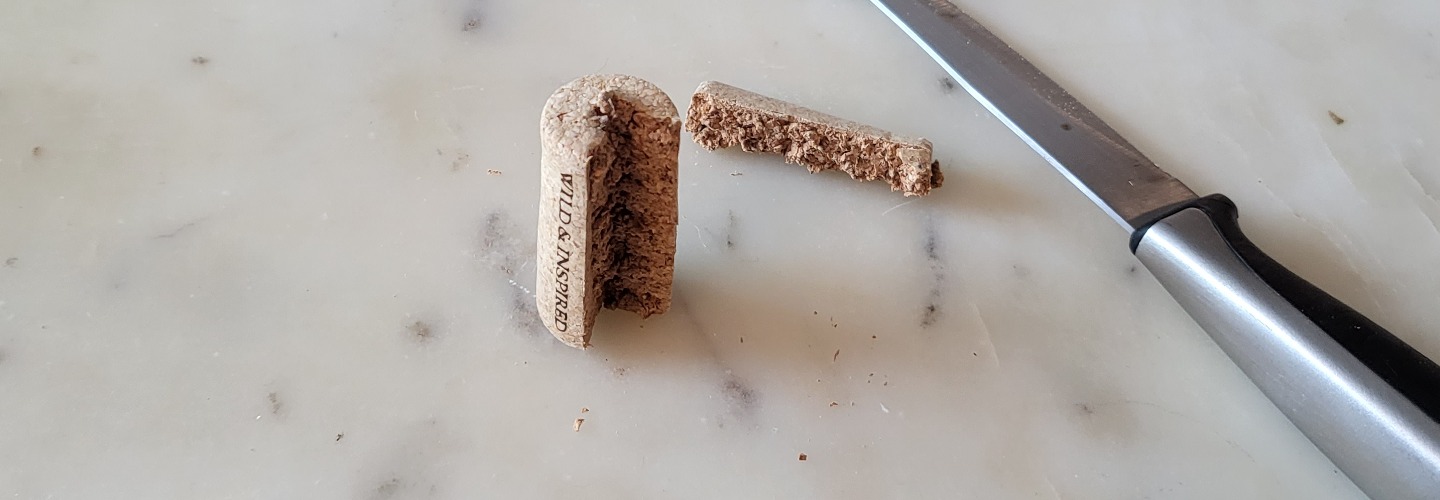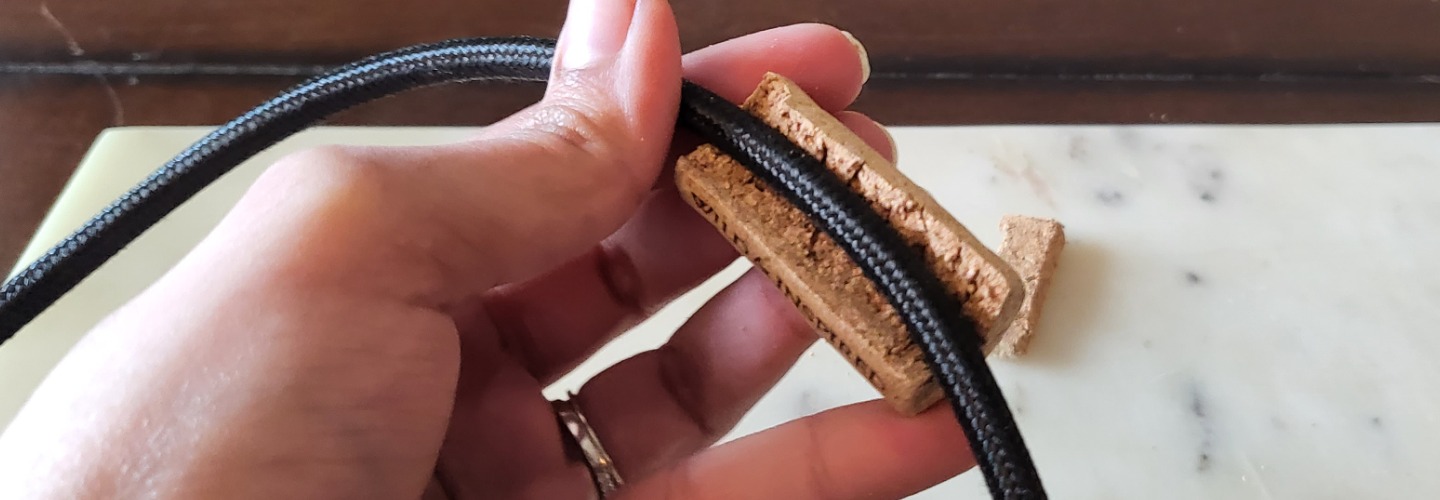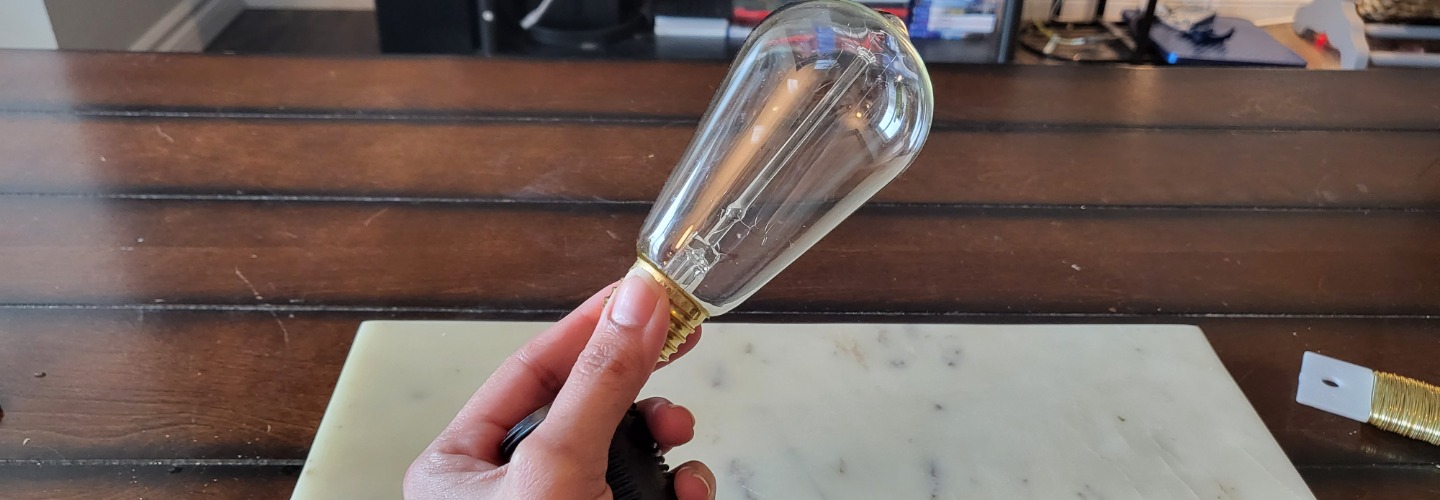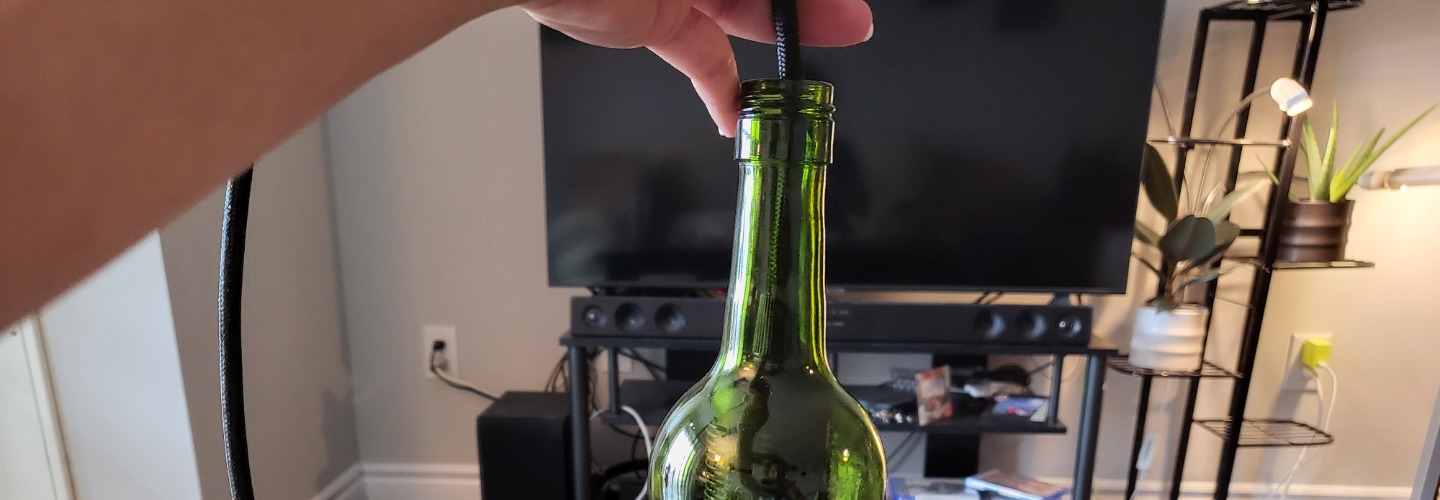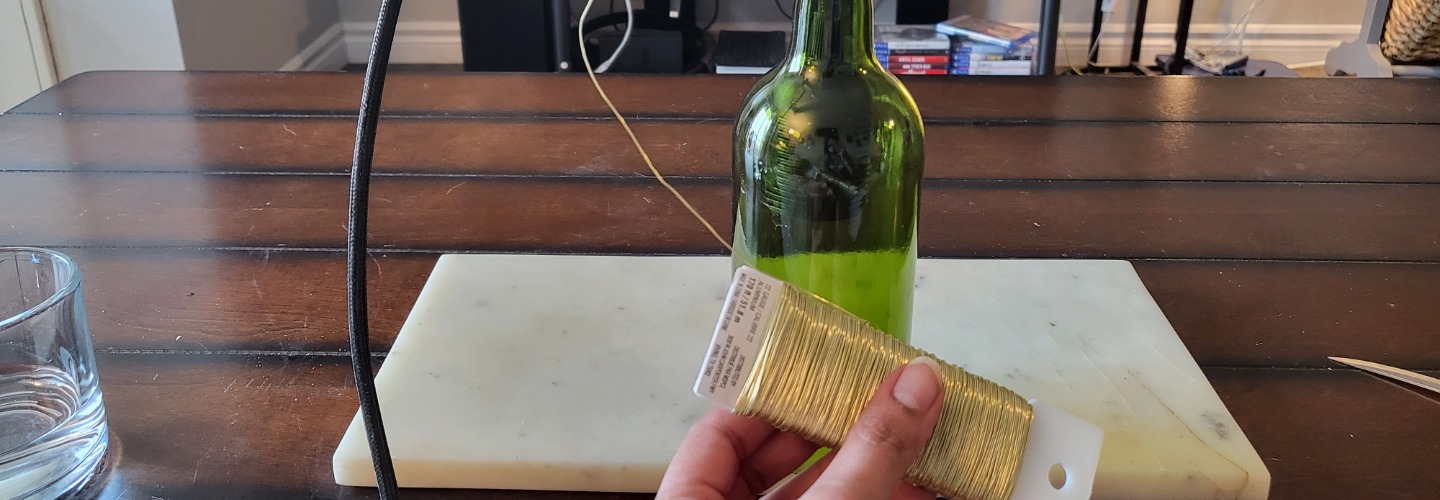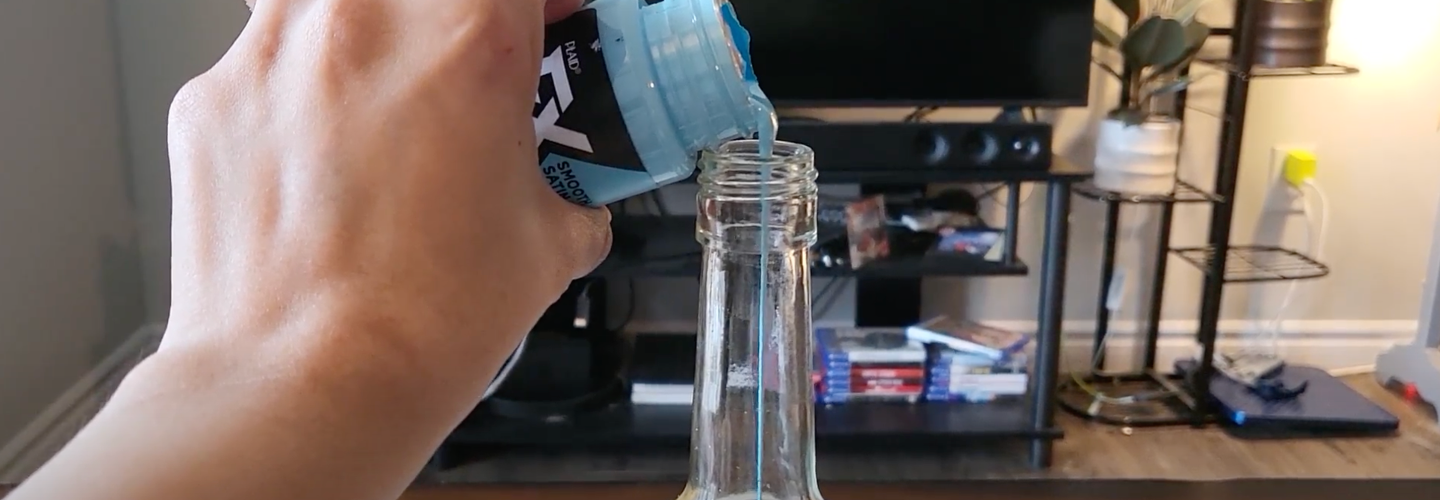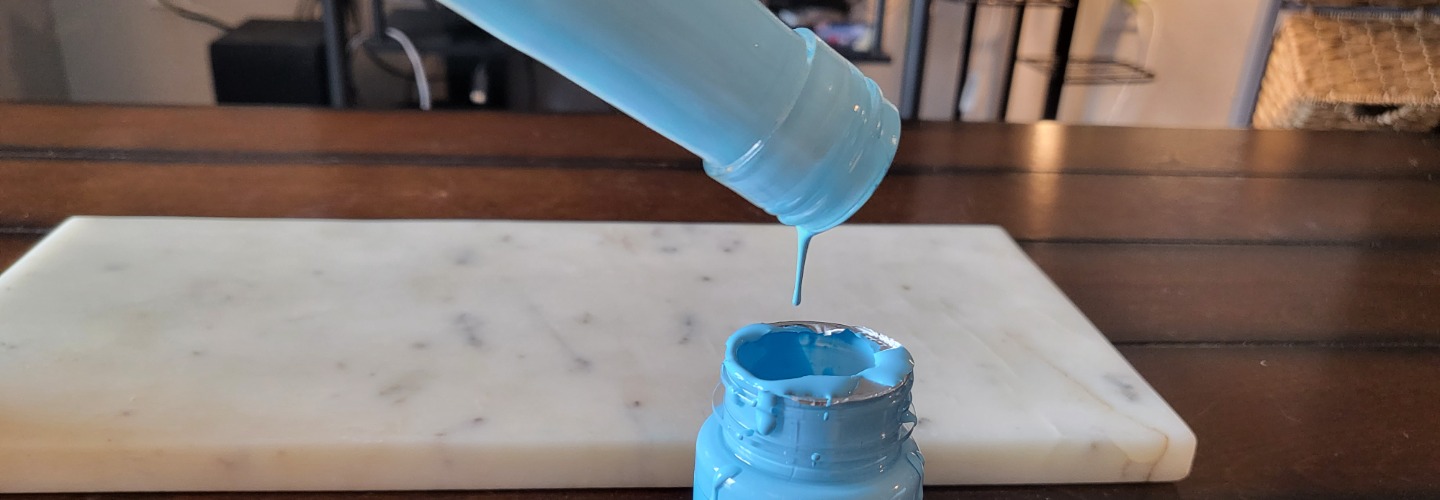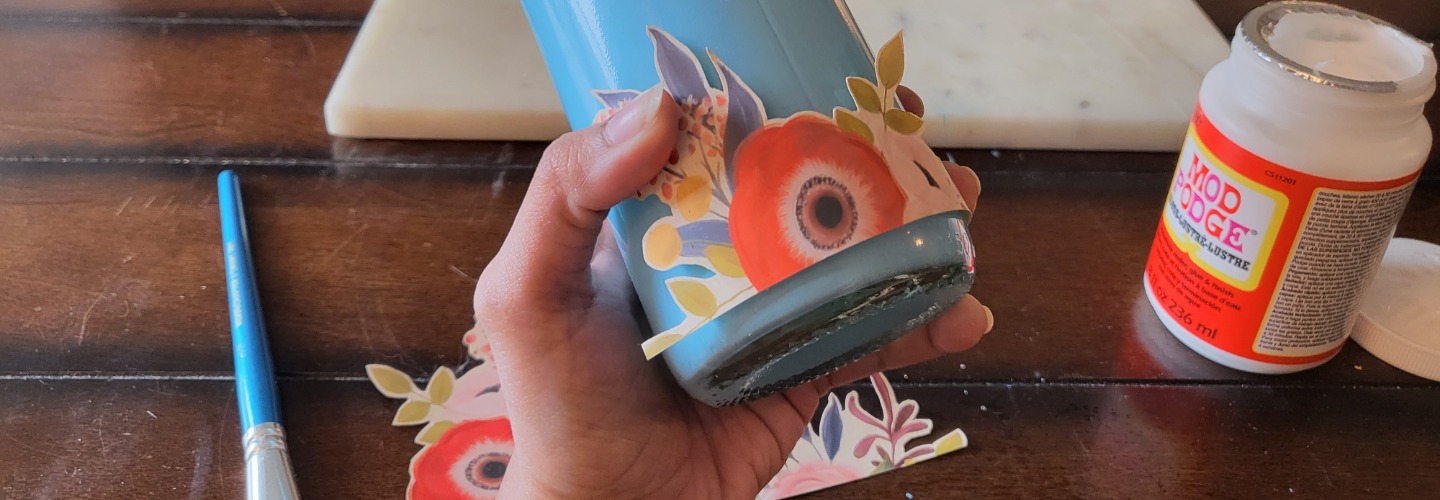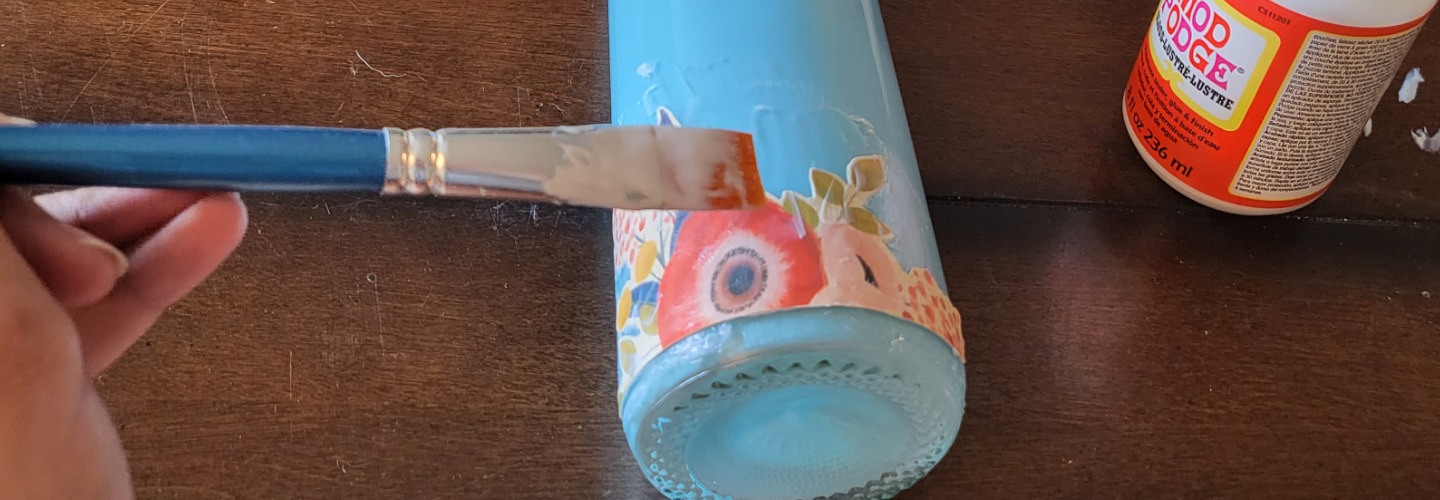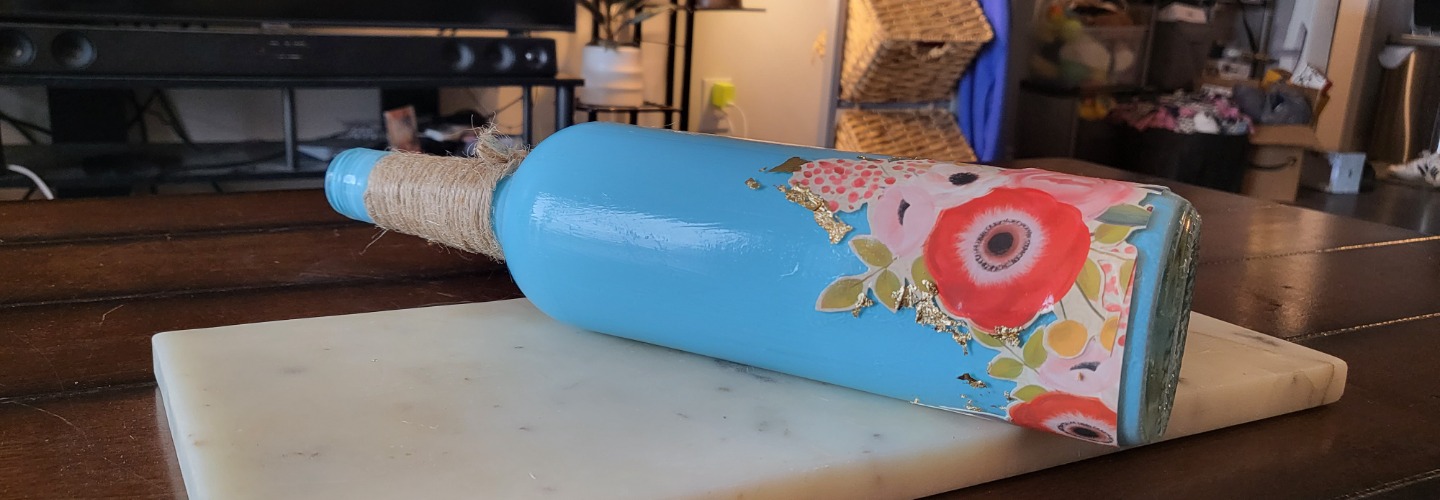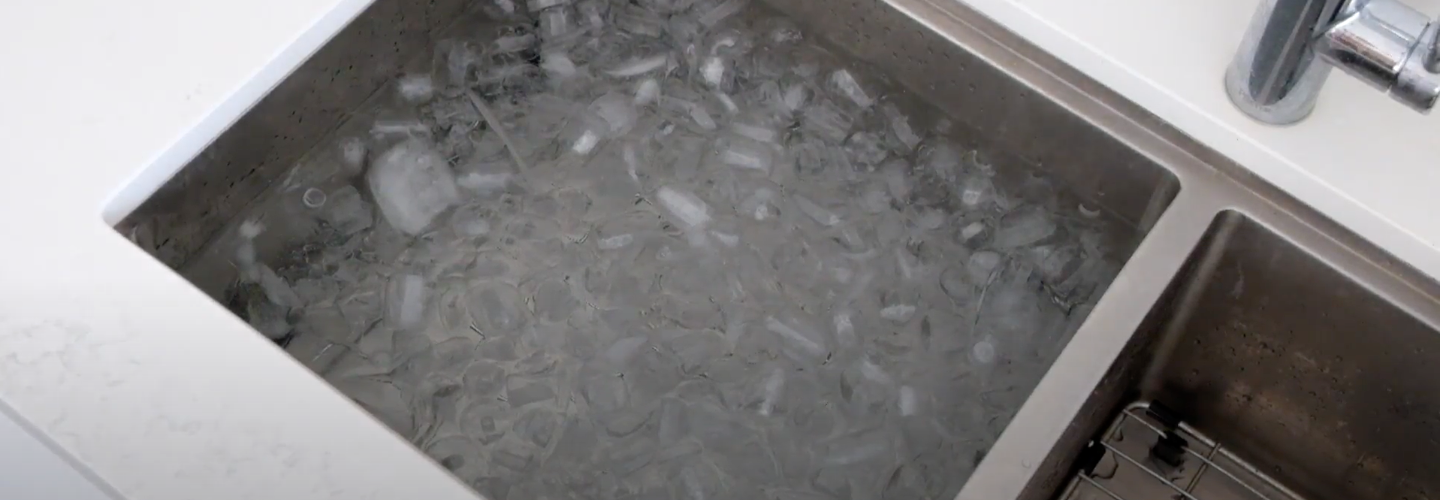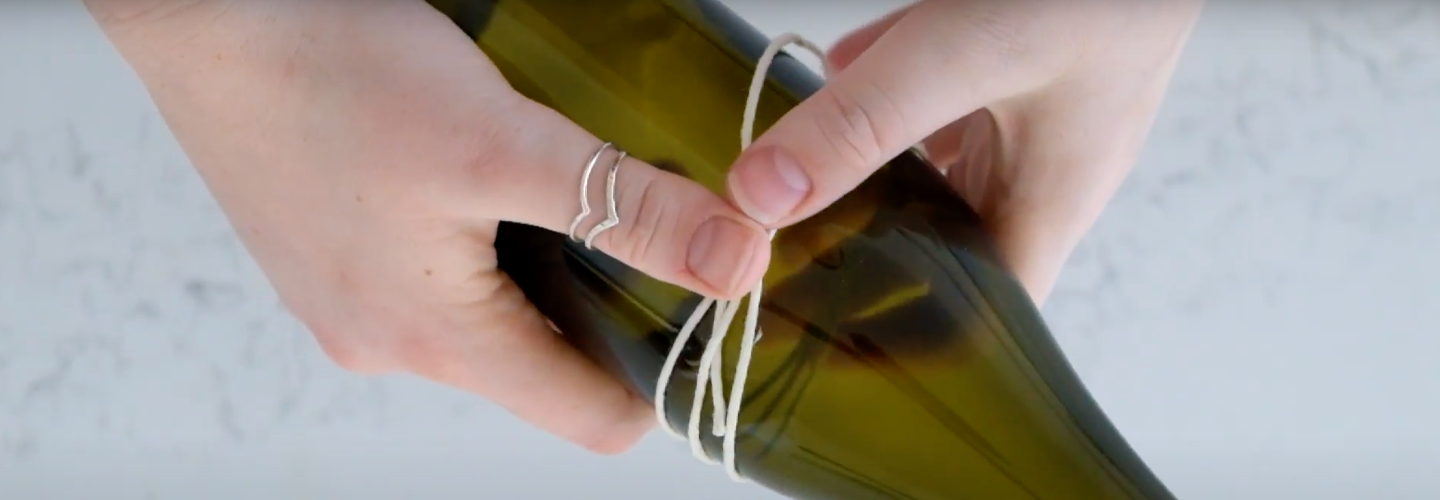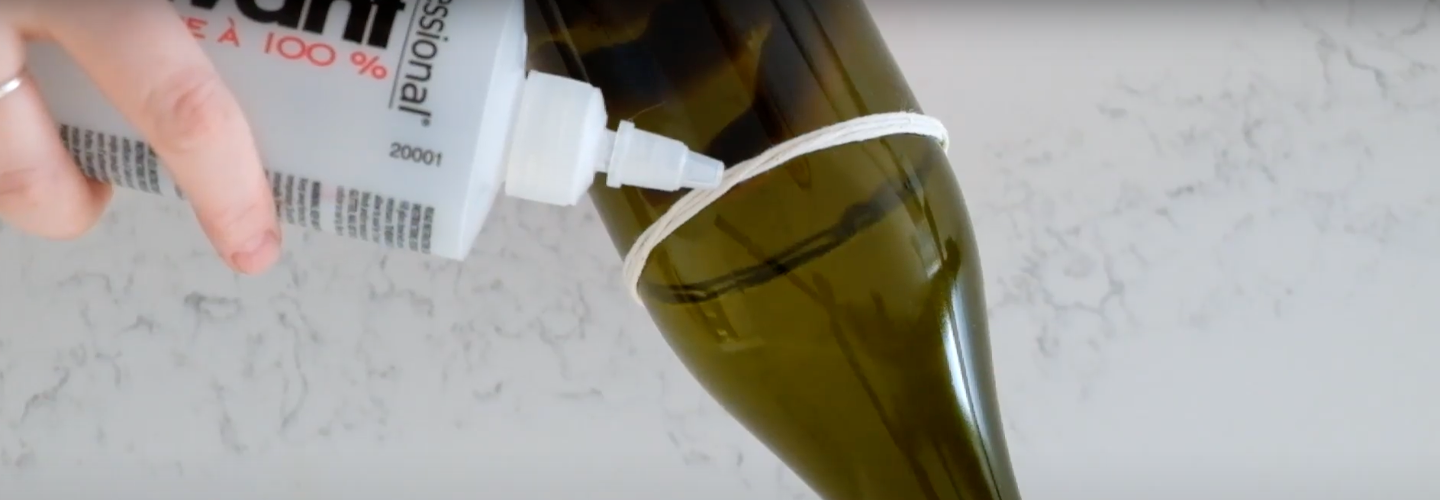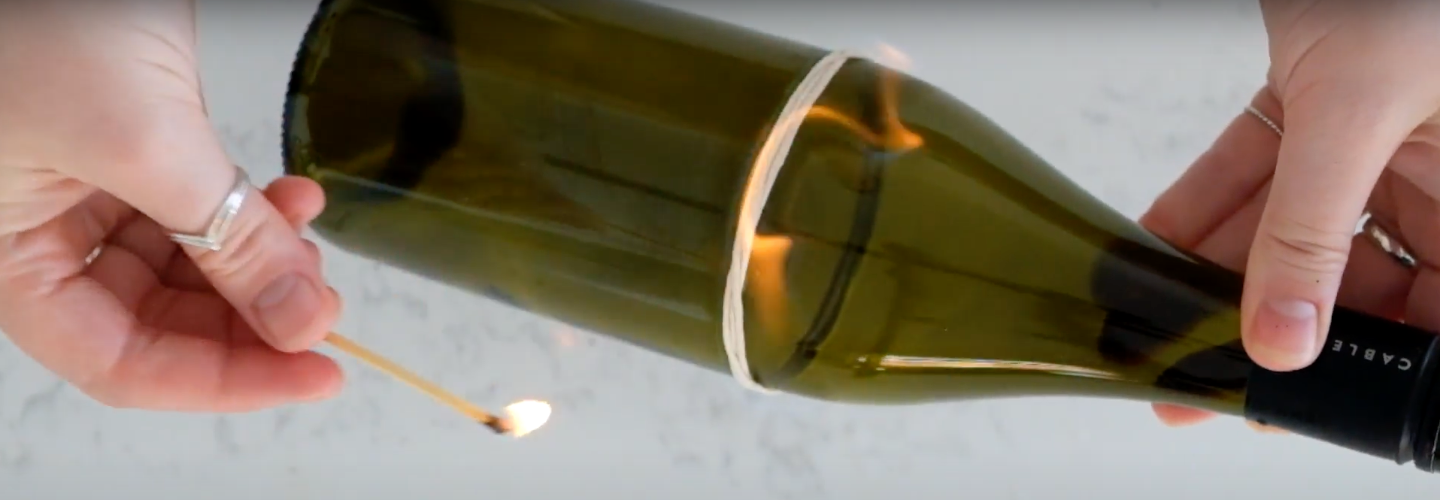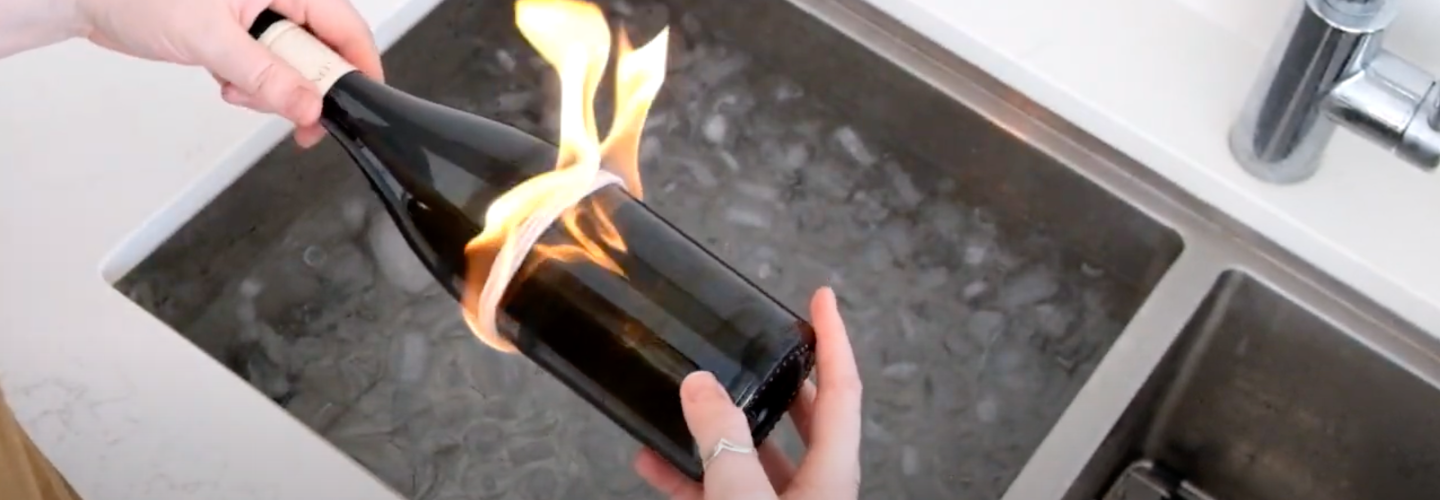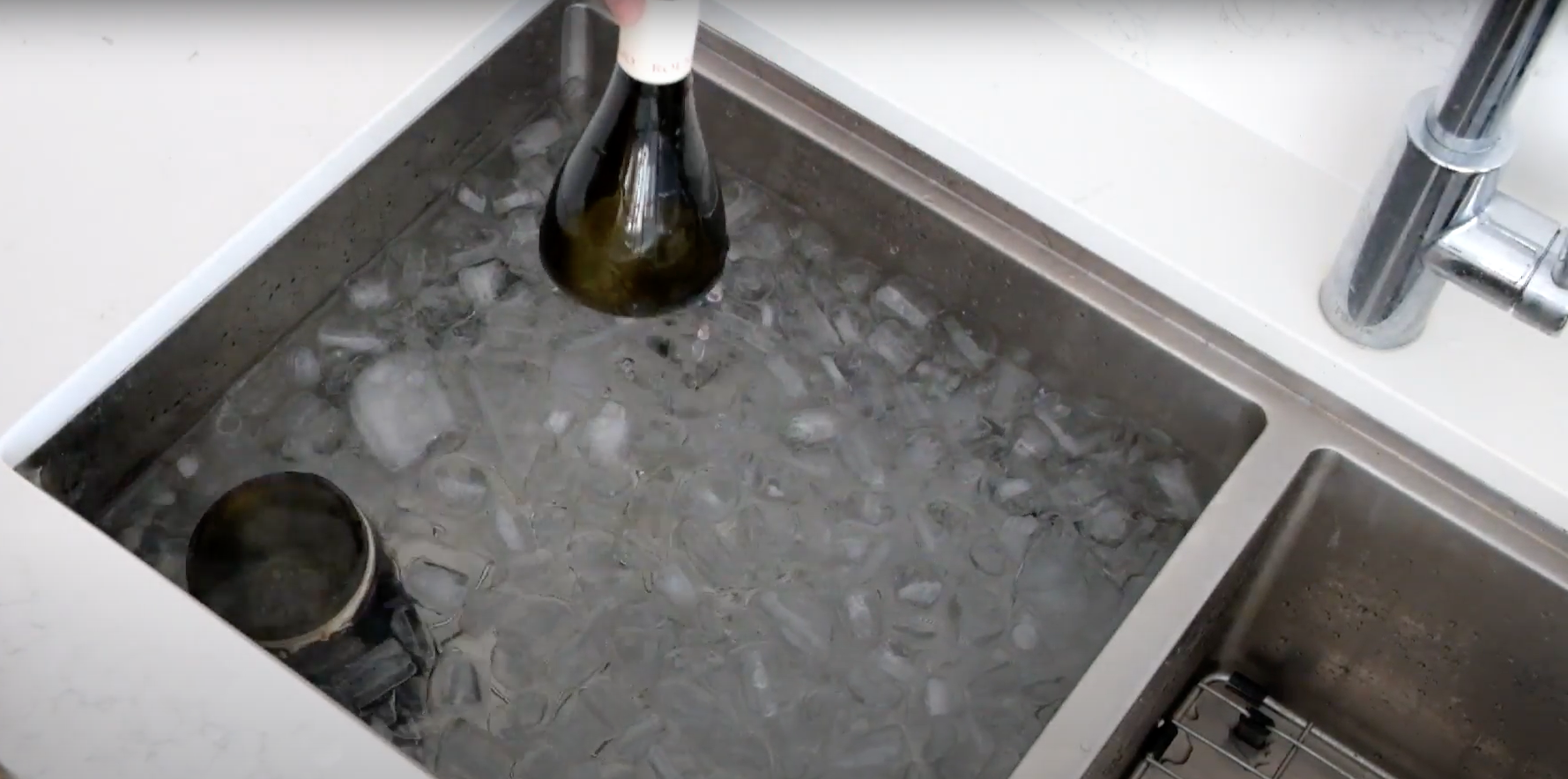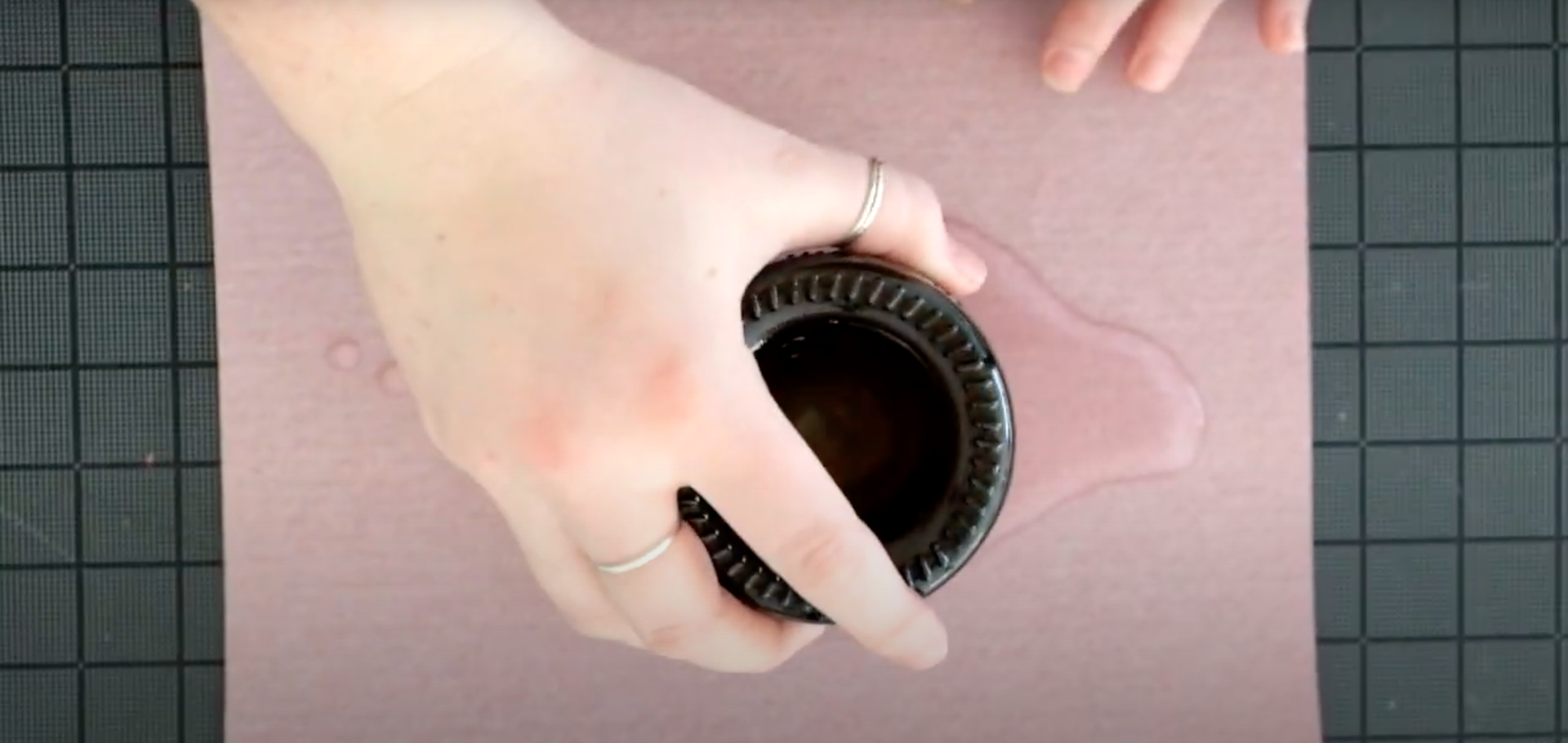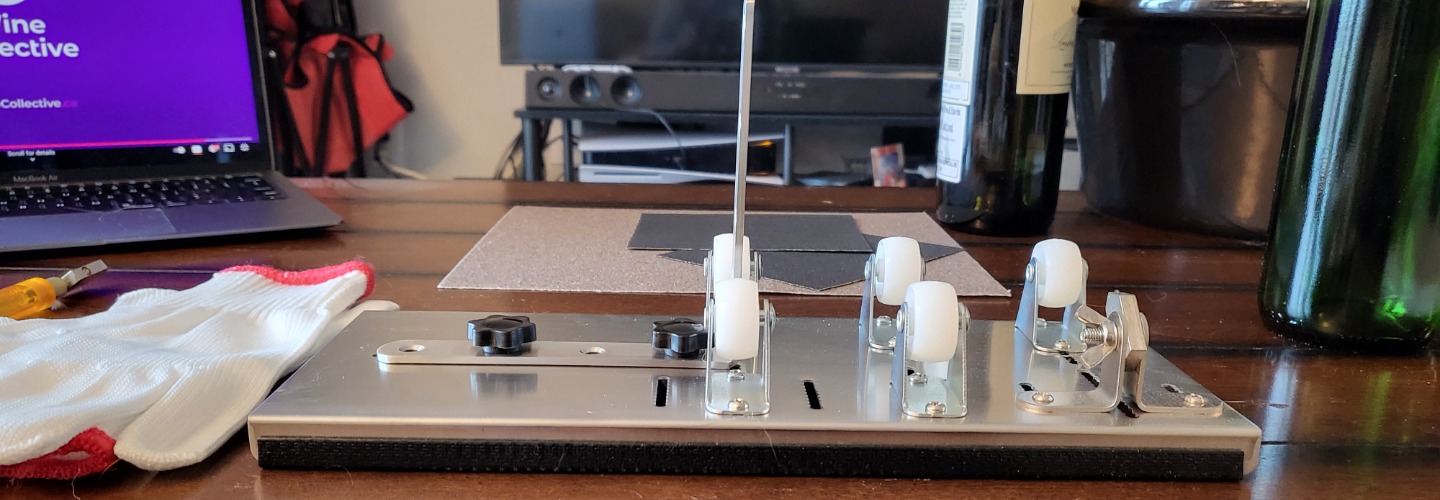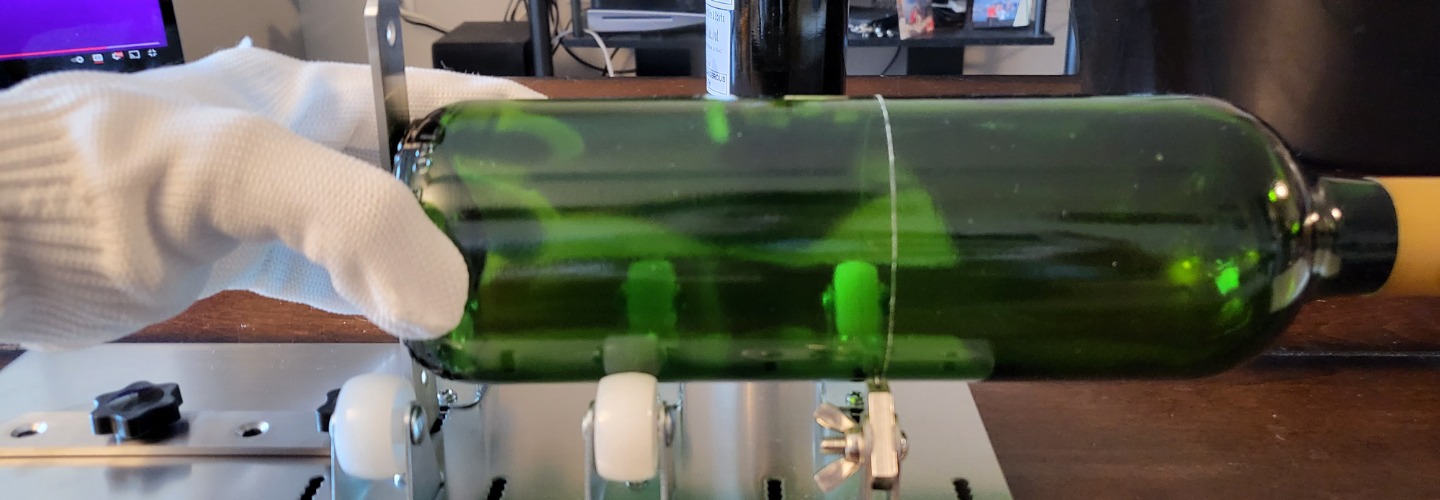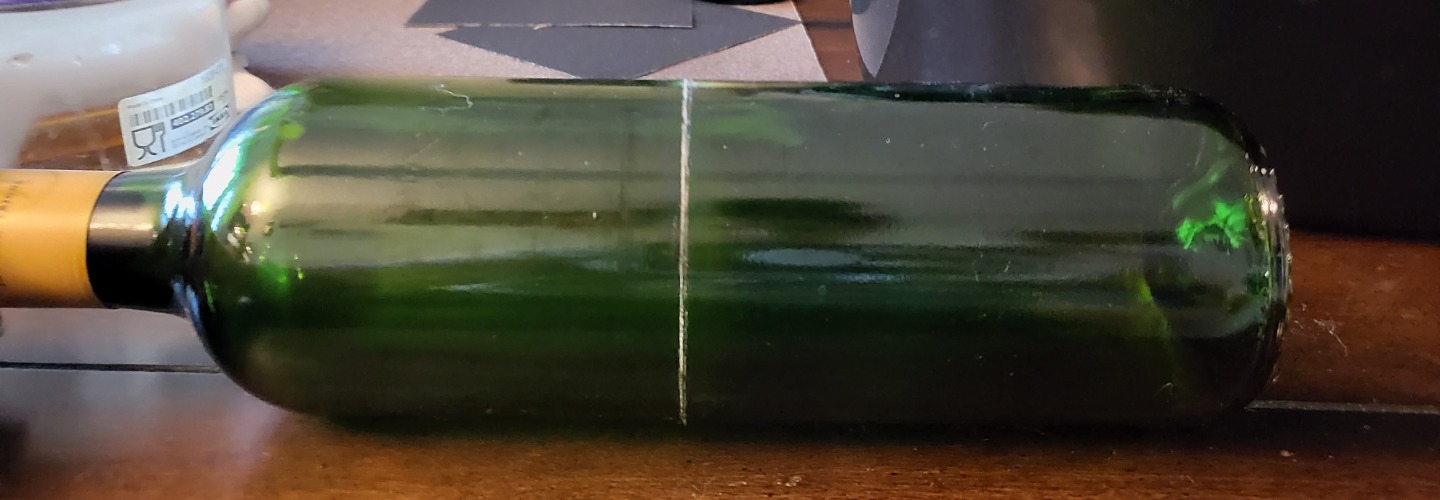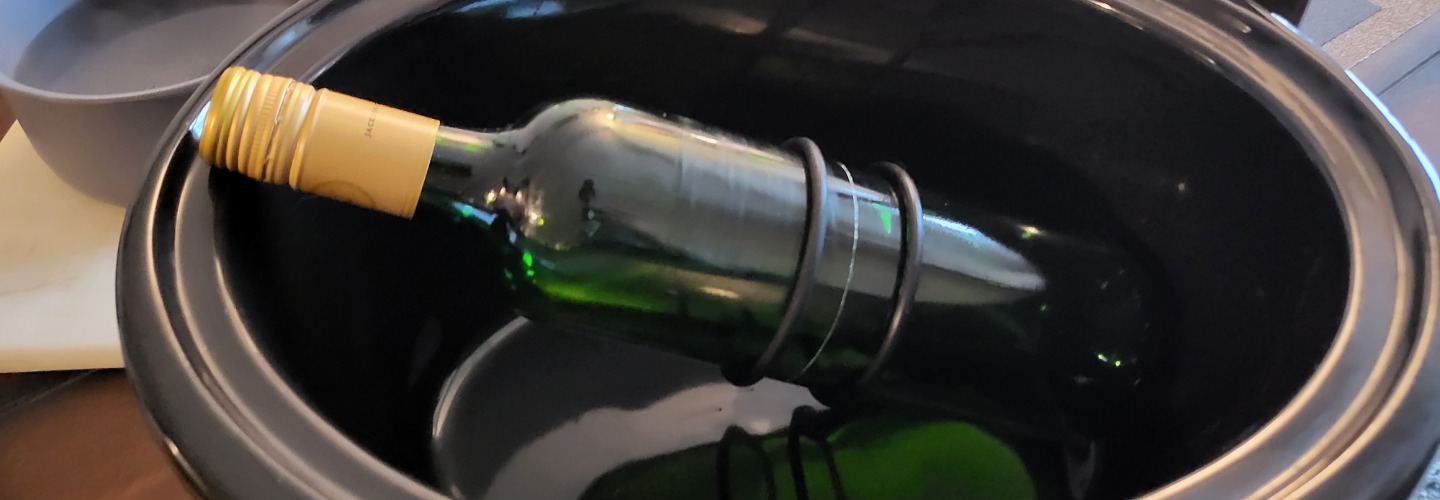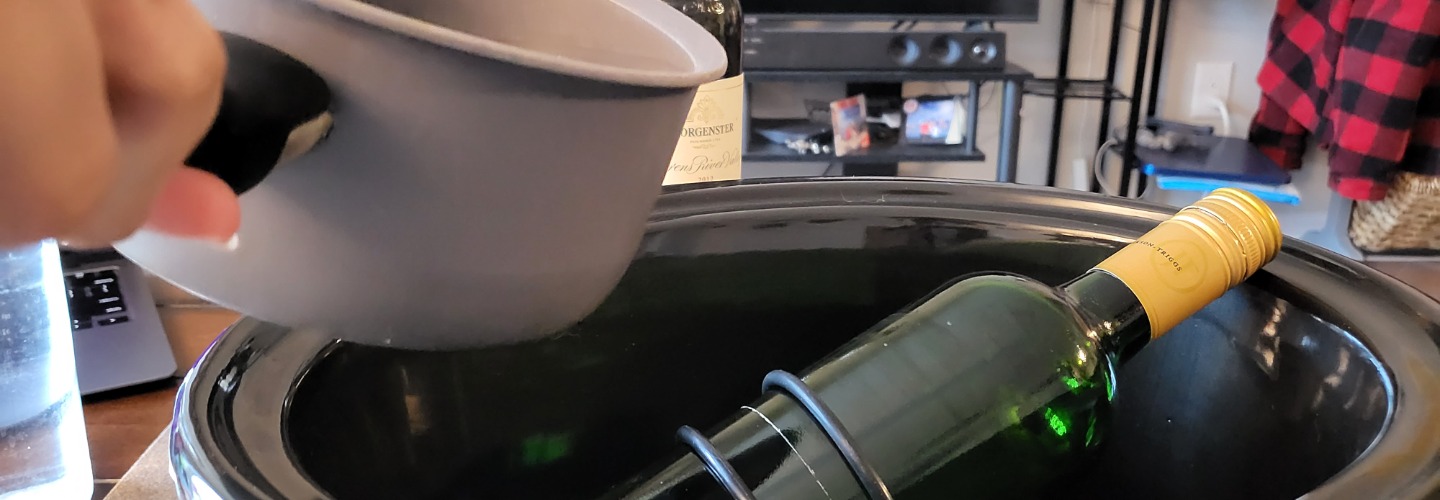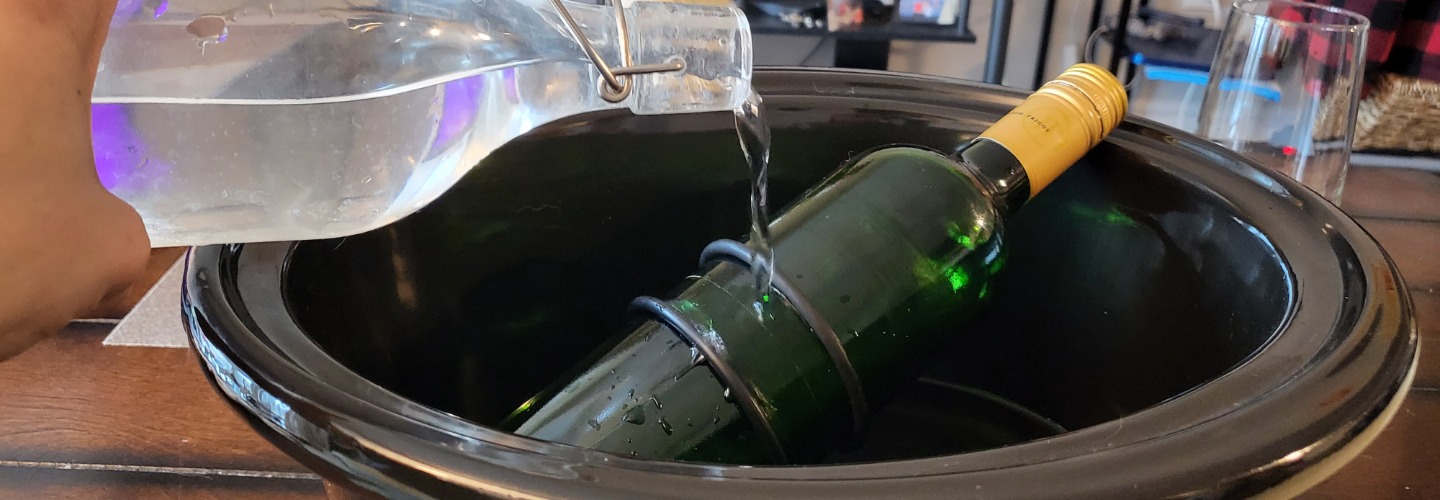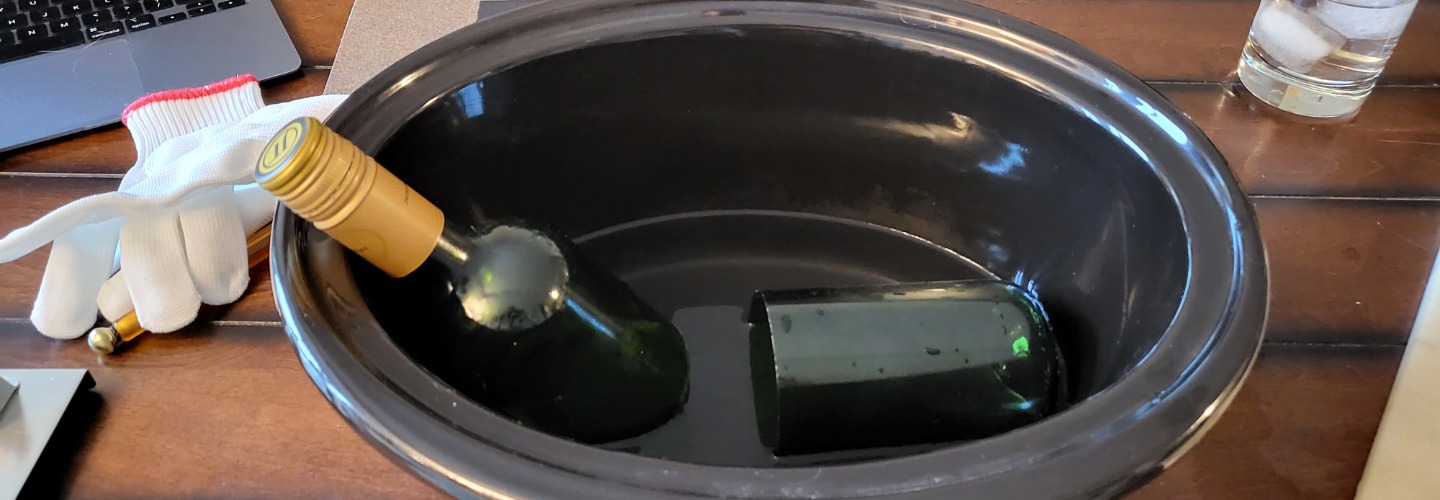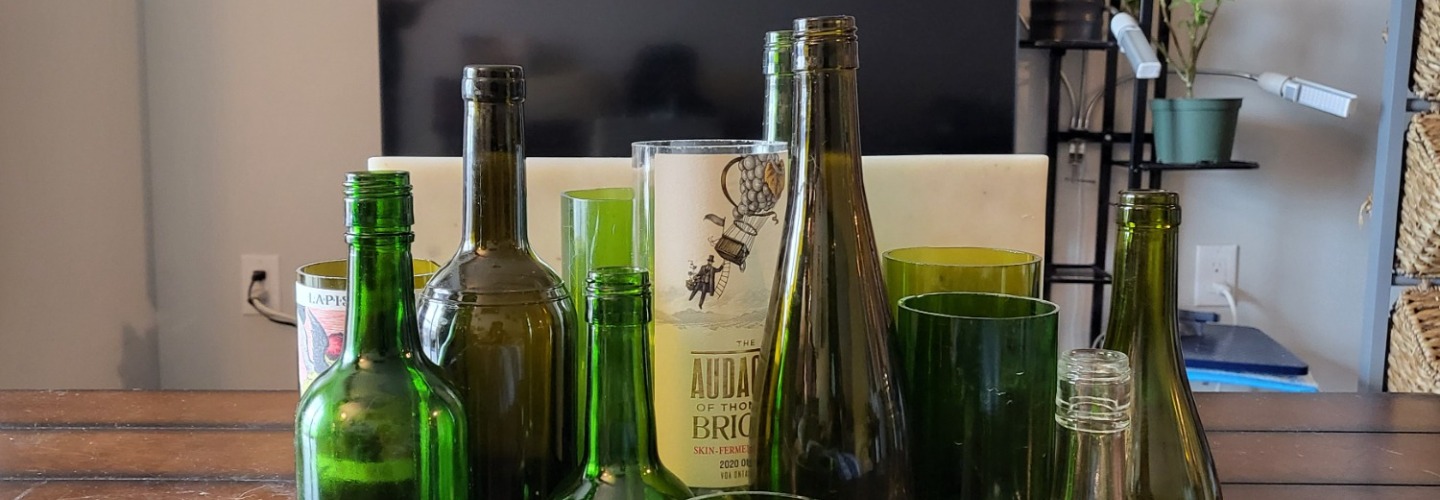Are you interested in sustainable wine? Or maybe even organic or biodynamic wine? In this handy glossary, we list all the terms you should know!
A
Additives
Additional ingredients used during winemaking. While it’s not mandatory to list ingredients on wine bottles, there are plenty of additives that winemakers have at their disposal – from cultured yeast to sulphur, but also “mega purple,” a grape concentrate to “colour correct” red wine.
Agroecosystem
An agroecosystem is a cultivated ecosystem – usually a farm – a co-production between nature and humans. It strives to achieve a harmonious balance between people and the environment for current and future generations.
Amphorae, see: “Qvevri”
B
Biodynamic Winemaking
Biodynamic winemaking is a spiritual-ethical-ecological approach to farming, recognizing the vineyard as a self-regulating ecosystem. Originating from the teachings of Rudolf Steiner, biodynamic viticulture meets or exceeds the standards for organic farming practices, using only natural resources to cultivate grapes, and absolutely no pesticides, herbicides, synthetic fertilizers, etc.

Biodiversity in the Vineyard
Vineyard biodiversity refers to the diverse variety of animals, plants, and microorganisms within the vineyard at the genetic, species, and ecosystem levels. Biodiverse vineyards are more resilient.
Brettanomyces
Brettanomyces, also known as “brett”, is a rogue spoilage yeast that affects a lot of wines. In low doses, it can add complexity and interest to the wine, but in high doses, it’s commonly considered a wine fault. Brett aromas range from “leathery” to “spicy” to “horsey” and “barnyard-y” in higher concentrations. A lot of spontaneously fermented wines are affected by brett.
C
Canada Organic
Canada Organic is a certification that indicates a product is in line with Canadian Organic Standards (COS) and can use the Canada Organic Logo. The certification is carried out by third-party certification bodies.
Carbonic Maceration
Carbonic maceration uses whole clusters of grapes in a sealed, carbon dioxide-filled tank to start fermentation internally within each grape without crushing them. It is used to produce fresh, fruit-forward, low-tannin red wines.
Circular Economy
The circular economy is an economic model based on the principle of limited resources. Inspired by the natural ecosystem, the model prioritizes sustainable growth through the practices of reducing, reusing, and recycling resources. Many wineries around the world are shifting to a more circular and regenerative approach.
Copper
Copper compounds, in the form of copper sulphate, have been used by winegrowers to fight fungi and bacteria attacking vines, most notably powdery mildew. Copper is used by organic growers who are not allowed to spray with synthetic fungicides. However, even though copper is a trace element naturally found in plants and animals, its continued use can pose risks to farmers, animals, and groundwater. The EU has already reduced the maximum allowable quantities.
Conversion to Organic Farming
If a vineyard wants to go organic, it cannot do so immediately – there’s a three-year transition period involved, which needs to be carefully planned and monitored, including mandatory measures to promote and protect ecosystem health. Only after these three years can a vineyard become certified organic.

Cover Crops
Cover crops are wild or selected crops growing between rows of vines that promote biodiversity and support the long-term health of a vineyard and surrounding ecosystems. They help protect against erosion, supply nutrients, and promote aeration of the soils. These crops also provide a habitat for beneficial insects, which help fight harmful bugs.
Cow Horn Preparations
In biodynamic winemaking, vineyards are treated with horn manure, commonly known as “500”. Cow manure is put into cow horns and buried underground during the winter months. The compost is then made into a spray preparation, which is sprayed on the land to improve soil health. During the summer months, quartz crystals are buried in a cow horn to make horn silica (“501”) which boosts plants’ immunity and enhances photosynthesis and ripening.

D
Demeter
Named after the Greek goddess of agriculture, Biodynamic Federation Demeter International dates back to 1928 and is the world’s oldest ecological certification organization. A Demeter International label is a guarantee for consumers that a product was produced through biodynamic agriculture.
Dry-farming
Dry-farming means growing crops without irrigation, relying only on rainfall. With irrigation under scrutiny, dry-farming is considered the more environmentally-friendly way of grape growing. Proponents also claim it yields grapes that are more intensely flavoured. Dry-farming grapes is easier when vines are mature because their roots reach deeper. The practice is considered a requirement for making natural wine.
E
Ecocert
Founded in France in 1991, ECOCERT is one of the largest organic certification organizations worldwide, conducting inspections in over 80 countries. They certify food and food products, but also cosmetics and detergents.
Ecological Footprint
The Ecological Footprint, promoted by the Global Footprint Network, is a metric that compares the resource demand of individuals, governments, and businesses against the earth’s capacity for biological regeneration. In other words, the quantity of nature it takes to support a person, organization, or national economy.
F
Fairtrade Wine
Fairtrade is a certification which guarantees that vineyards receive a fair minimum price when they sell their wine or grapes to a trader, depending on the cost of living and business in the area of origin. A Fairtrade Premium ensures that small vineyards can invest in social, economic, and environmental improvements which benefit their workers and local communities.
Filtration/Fining
Fining is the process of removing unwanted material from wine while it is still in the cellar. It involves adding an organic matter to the wine which bonds to compounds in the wine, making these larger molecules easier to remove. With filtering, particles such as dead yeast cells and other sediments can be removed, but with fining it’s possible to remove soluble substances such as proteins as well, which allows the finished wine to look clear rather than hazy. Winemakers who don’t clarify their wine say their wine retains more character, texture and flavour – natural wine is often merely minimally filtered. See also: Vegan Wine.
G
Glou-glou
This onomatopoeia would be “glug-glug” in English, and it’s a French word for a popular type of natural wine that is young, fruit-forward, and juicy. Glou-glou wines are relatively low in alcohol and very drinkable – often served chilled.
Gravity-Flow Winemaking
The process of gravity-flow winemaking (also known as “gravity-fed” winemaking) allows for the wine to stream through levels in the winery. Unlike traditional single-level cellars, gravity-flow does not use pumps or mechanical force, enabling the winemaker to gently extract colour, flavour, and tannins. The process is more environmentally friendly – with no machinery needed, a gravity-flow system significantly reduces a winery’s costs and energy consumption.
H
I
Indigenous Yeast, see: “Yeast”
Integrity & Sustainability Certified, see: “Sustainable Winemaking”
J
K
L
LEED-Certified Building
A winery can voluntarily obtain a LEED (Leadership in Energy and Environmental Design) certification when its buildings are energy-efficient and cost-saving. The building must meet requirements regarding sustainable site development, water savings, energy efficiency, use of materials, and indoor environmental quality. In 2005, Niagara’s Stratus Winery was the first building to get the certification in Canada.
Lunar Calendar
In biodynamic winemaking, farming is done according to the biodynamic calendar, which reflects the lunar cycle. It suggests a direct correlation between the phases of the moon – the moon’s sidereal cycle – and the success of each phase of planting. “Root days” are best for pruning, and on “leaf days” chlorophyll production in the plant increases. Harvesting should be done on “fruit days.“ On “flower days” the vineyard should be best left alone. Tasks in the wine cellar also follow the lunar calendar.
Low Intervention, see: “Minimal Intervention”
M
Minimal Intervention
Just like “natural winemaking,” minimal intervention winemaking has no legal definition. Yet, many winemakers prefer the terms “minimal intervention” or “low intervention” over “natural wine” since it more aptly describes what they do, or rather don’t do, such as only using ambient yeast, using no or minimal amounts of sulphites and not fining the wine. While they’re trying to be as hands-off as possible, they need to create the circumstances to ensure that this process runs smoothly, such as using healthy fruit and maintaining a squeaky clean winery.
Mousy
“Mousiness” is considered a mysterious wine fault, creating an off-flavour right as you swallow – a breathy finish that some compare to a “dead mouse” or a “mouse cage”. It seems to present itself quite randomly in the barrel or tank, especially in wines without added sulphites.
N
Naked Wine, see: “Natural Wine”
Native Yeast, see: “Yeast”
Natural Wine
Sometimes also called “minimal intervention” wine, natural wine is a fashionable term without legal definition. Natural winemakers use organic or biodynamic grapes, but also only rely on native yeasts in the fermentation process, adding no or almost no sulphur. The wines are often unfined and unfiltered. Natural wine is sometimes also referred to as “Naked Wine” or “Raw Wine”.
O
Orange Wines, see “Skin-fermented wines”
Organic Wine
In Europe and Canada, a wine from organically grown grapes may be certified organic, even if there are some added sulphites. In the USA, however, an organic wine can’t contain any added sulphites. In 2019, 6.2 percent of the world’s total area under vines was certified organic. Organic viticulture focuses on improving soil health, without the use of synthetic fertilizers, fungicides or herbicides. Various bodies around the world provide organic certification. Read more in this article on organic wine.
Oxidative
When a wine is “oxidative”, it means it was deliberately exposed to oxygen when it was made. This practice adds a bit of complexity to a wine, with some nutty, dried-fruit tones. Natural wines, made with little to no sulphur additions, are often oxidative. An oxidative wine isn’t the same thing as a wine that has “oxidized,” which is a wine fault. If the wine is brown and smells off, it’s probably oxidized.
P
Pét-Nat
Pét-Nat is an abbreviation of “Pétillant Naturel”, which refers to an ancient method of making sparkling wine. When still wine is bottled before fermentation is completed, this process continues in the bottle, but the CO2 gets trapped. Pét-Nat has a slight fizz, and is often cloudy because the lees (the dead yeast cells) are not filtered out. In the Prosecco area, this ancient method is called “Col Fondo”. Pét-nat is a popular style among natural winemakers.
Q
Qvevri
The region now known as the country of Georgia is considered to be the cradle of wine. Ancient Georgians used clay amphorae called “qvevri” to ferment and store wine in. Usually, they were buried in the ground up to the neck. Modern winemakers in Georgia were the first to re-embrace their qvevri roots. The practice of fermenting and ageing wine in amphorae was then adopted by a few Northern Italian winemakers who were interested in making minimal-intervention wines. Today, the use of amphorae has spread to winemaking regions across the globe and is no longer exclusive to natural winemakers.
R
Raw Wine, see: “Natural Wine”
Regenerative Winemaking
Regenerative winemaking sees the vineyard as an agroecosystem – taking all living organisms into account and making the vineyard rich, resilient, and self-sustaining. It moves away from chemical-based monocultural agriculture, and instead regenerates soils and environments, achieving greater biodiversity. It involves crop rotation, compost application, and reduced tillage to increase soil health and improve the agroecosystem as a whole.
S
Skin-Fermented Wines
Also called orange wines, amber wine, or skin-contact wines, skin-fermented wines are a category of white wines that are made like a red wine. Most white wines are made when grape juice is pressed, taken off the skins, and then fermented. In red winemaking, there’s usually some time that the skins are left soaking in the juice to extract colour, tannins, and flavour. When this same technique is done with white grapes, it results in a more vibrantly coloured (from golden to deep amber) wine with various degrees of tannins and structure. These wines are usually made with minimal intervention.
Soil health
Soil health is the long-term ability of the soil to function as an ecosystem and sustain life. It’s a holistic and integrative approach to soil, making sure the soil contributes to the preservation of natural resources.
Sulphites
Almost all wine contains sulphites, because sulphur dioxide is a byproduct of alcoholic fermentation. In the vineyard, sprayed sulphur can protect against disease and in the cellar, it can function as a wine preservative. The permissible quantities are strictly regulated, especially in organic and biodynamic winemaking. Some winemakers opt out of its use entirely, see: “natural wine”.
Sustainable Wine
Sustainable winemaking isn’t strictly regulated, but it is generally a set of measures taken by a winery to reduce its impact on the environment. These measures can include reducing water and energy use, improving long-term soil health, reducing erosion, promoting biodiversity, and implementing health and safety requirements for workers. Often, winegrowers adhere to their country’s or region’s sustainable winemaking standards: 96 percent of New Zealand’s vineyard area falls under the Sustainable Winegrowing New Zealand certification programme (SWNZ). In Chile, winegrowers voluntarily adhere to the Chilean Wine Industry Sustainability Code. In South Africa, audited vineyards and wineries may use the Integrity Sustainability Seal on their sustainable wine.
Steiner, Rudolf
Rudolf Steiner (1861-1925) was a scientist and philosopher, and the founder of the biodynamic approach to agriculture (See: “Biodynamic winemaking”).
T
Terroir
Terroir is the combination of soil, climate, sunlight and other factors within a vineyard that lend wine grapes their distinctive taste. Some say terroir gives wine a “sense of place” and character. Organic, biodynamic, and natural winemakers are concerned with allowing the purest possible expression of their terroir to come through.
U
Unfiltered/Unfined Wine, see: Filtration/Fining
USDA Organic
In the United States, a wine may be organically certified when grapes are organically grown, and all additives (such as yeast) are organic. The addition of sulphites isn’t allowed, which explains why there aren’t many certified organic wines from the US on the market – the best natural preservative for wine is sulphur.
V
Vin Méthode Nature
Established in 2019, Vin Méthode Nature is the first private wine label for natural wine, officially defined by a 12-point charter and a control protocol. No sulphur may be added before and during fermentation, but a minimum amount before bottling is allowed (in which case it needs to be mentioned on the label). The French initiative has an Italian counterpart in VinNatur.
Vegan Wine
Not all wine is vegan, as some traditional fining agents contain products derived from animals. Egg whites, casein (a milk protein), or a product derived from fish bladders can be used to remove tiny particles in the wine, but other fining methods are becoming increasingly popular, making most wines vegan-friendly. For instance, bentonite (a type of clay), limestone or plant casein are all alternatives. Still, it can be hard to tell as it is not mandatory to list fining agents. Look for the V-label if you want to be 100 percent sure that a vine is vegan.
Volatile Acidity
Often abridged to VA, volatile acidity is a measure of the amount of gaseous acids in a wine. The main concern is with acetic acid, which has the smell and taste of vinegar, and ethyl acetate, which causes nail polish-like aromas. Excessive VA levels in a wine are an indicator of bacterial spoilage. Not only do people have varying sensory thresholds for detecting VA, natural wine enthusiasts seem to be more accepting of it, as natural winemaking increases the likelihood of high VA levels.
W
Water Management
Efficient water use is one of the keys to sustainable winemaking alongside energy conservation, lowering emissions, and waste reduction. Winemakers can reuse treated wastewater, use drip irrigation, and control soil moisture as methods of water management. Dry-farming relies on using rainwater only (see: “Dry-farming”).
Wild Yeast, see “Yeast”
X
Y
Yeast
The most widely used yeast for winemaking is saccharomyces cerevisiae, also known as baker’s yeast because it’s quite tolerant of alcohol. It’s either introduced as a commercial culture, or introduced to the winery by accident (for instance via someone’s clothes) where it lives on. Cultured yeast strains are usually carefully selected to accentuate certain aromas or flavours and to ensure a smooth fermentation. Some winemakers rely purely on the yeast that naturally occurs on grape skins and the environment, also known as ambient, indigenous, natural, or wild yeast. This sets off spontaneous fermentation, and the length of the fermentation period becomes harder to predict.
Z
Zero-Zero
“Zero-zero” winemakers take natural or minimal intervention winemaking to the extreme: no added yeast or sulphites are used, and the wine is unfined and unfiltered. In other words: zero was added and zero was taken away. See also: “Natural Wine”.
At WineCollective, we’re always on the lookout for new exciting wines, and make sure to share our discoveries and rare finds with our members. Become a member today, and join us as we explore uncharted territories and discover wonderful grape varieties and unusual blends.





